- Rugged styling helped by newly wider track
- Lots of interior features
- Large and well-featured tray
- Expensive to buy and not great value
- Engine is loud and unrefined
- Short service intervals push up cost
In 2022, Australia’s top-selling vehicle was the Toyota HiLux, an impressive achievement given it is the only ute to ever top the year end chart. More impressively, the HiLux has managed to pull off this feat for the last seven years in a row. Now offering a more diversified range than ever, we tested the recently updated 2023 Toyota HiLux Rogue to find out if it lives up to the sales chart hype. Is the HiLux Rouge the ute to buy, or should you should look elsewhere?
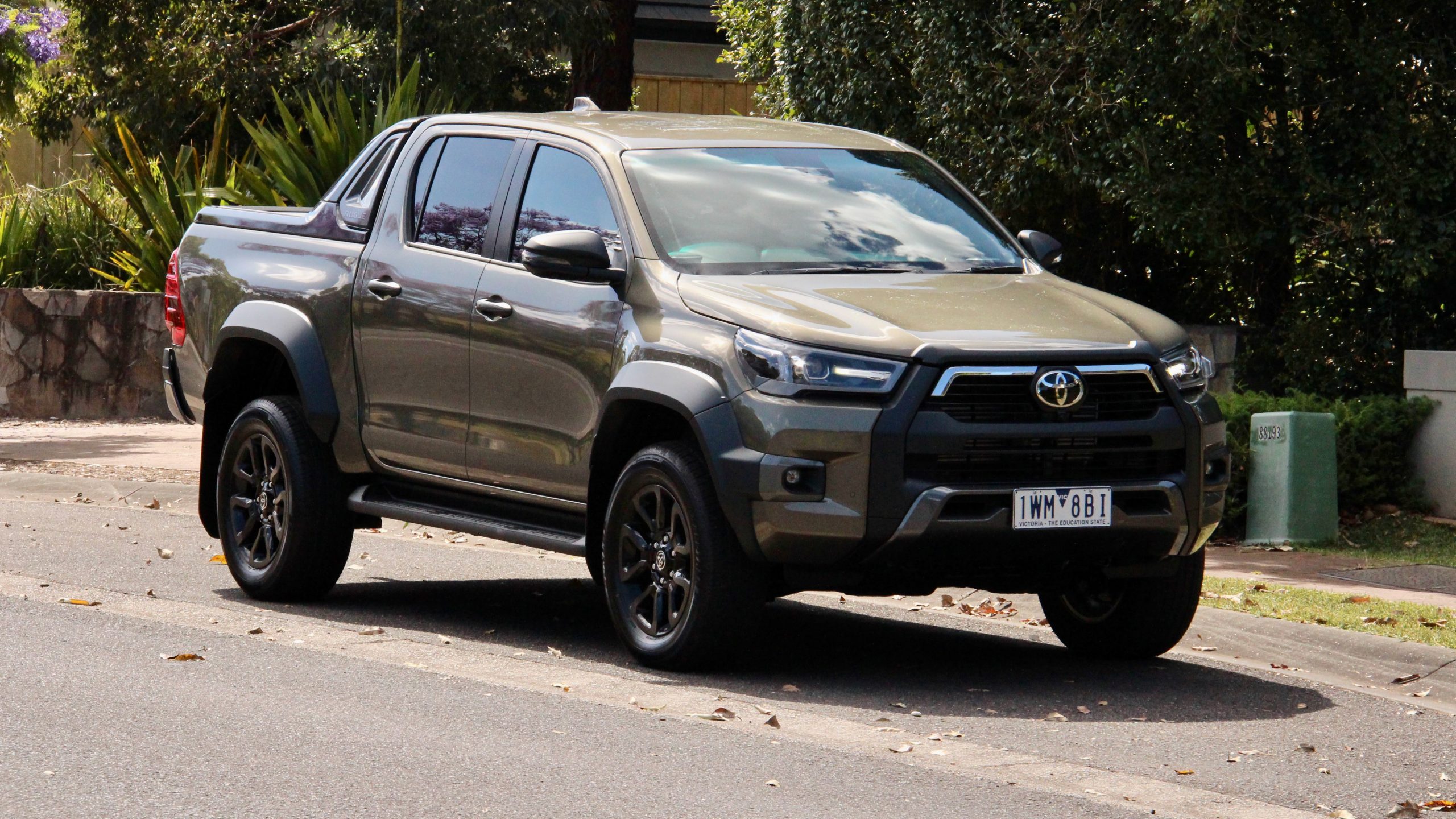
There are a plethora of other utes in this lucrative segment including the Nissan Navara, Mitsubishi Triton, Ssangyong Musso, Volkswagen Amarok, Ford Ranger, Isuzu D-Max and Mazda BT-50 to name a few, so does the HiLux have enough unique selling points to trump the competition? The current generation HiLux is getting on in years, having been introduced an automotive lifetime ago in 2015. Rather worryingly for Toyota, a slew of the aforementioned competing utes have been recently updated with all new models, including a new Ford Ranger, which arrived in 2022, receiving rave reviews from many publications (including our own). With a new generation HiLux still years away, does Toyota’s best selling ute have what it takes to stave off the increasing number of mounting threats?
Price & Equipment: 7/10
The 2023 Toyota HiLux Rogue starts at $70,200 + ORCs (around $76,200 drive away) which is a $1,210 price increase on the RRP of last year’s model (which was priced at $68,990). The Rouge currently sits at the top of the HiLux range, however Toyota has announced a new flagship model, the GR Sport, but it won’t be released till the second half of 2023.
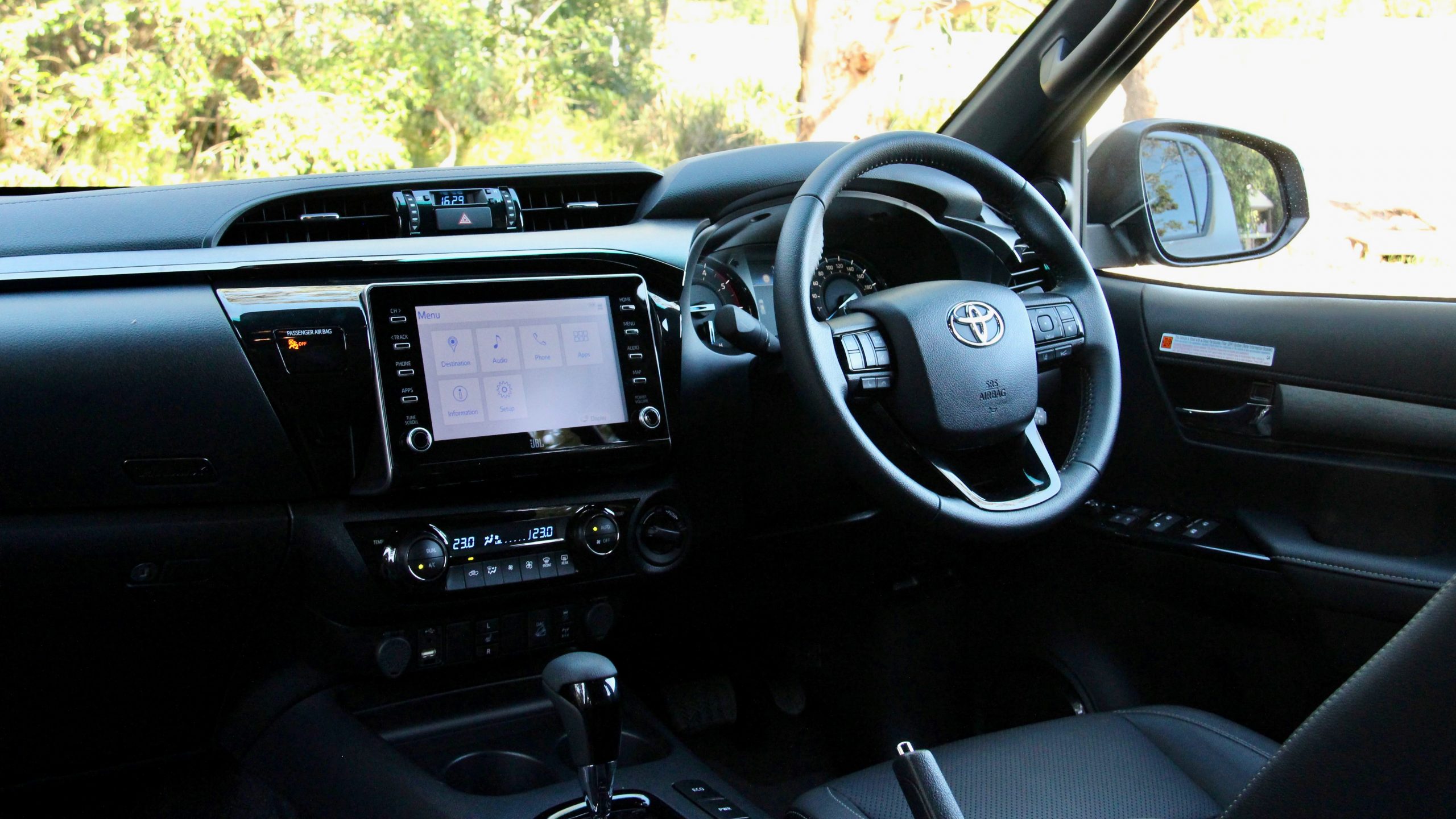
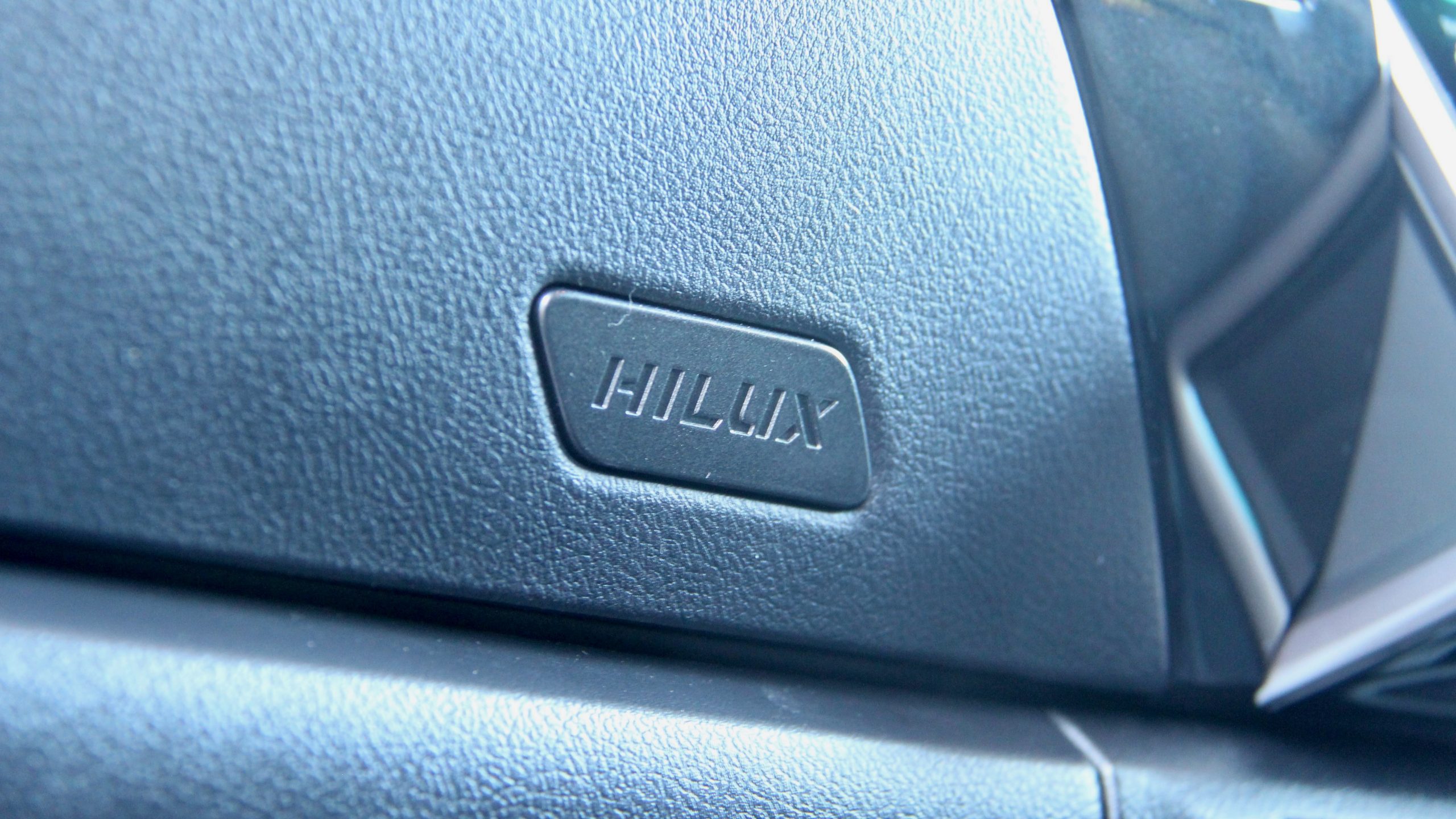
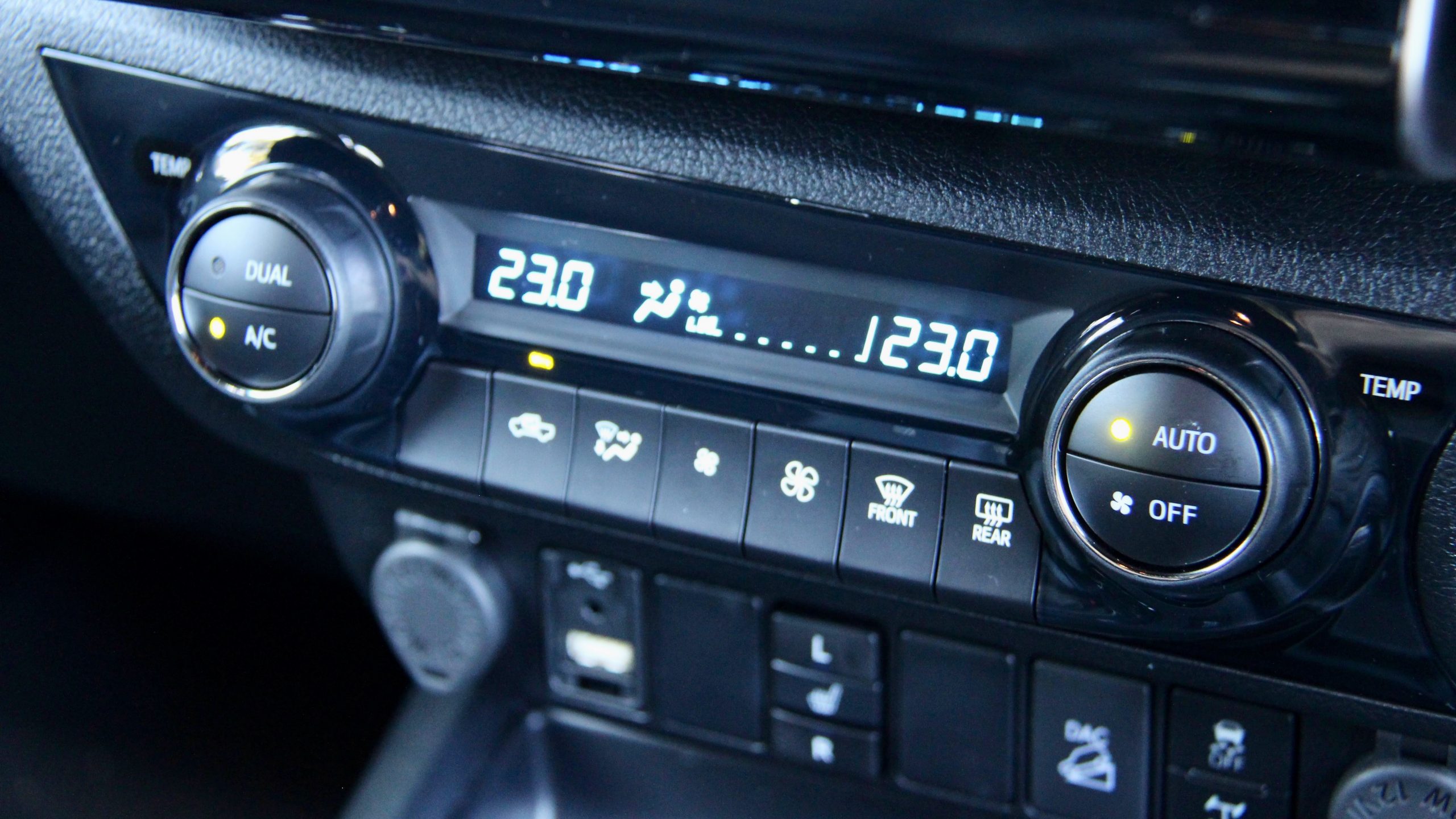
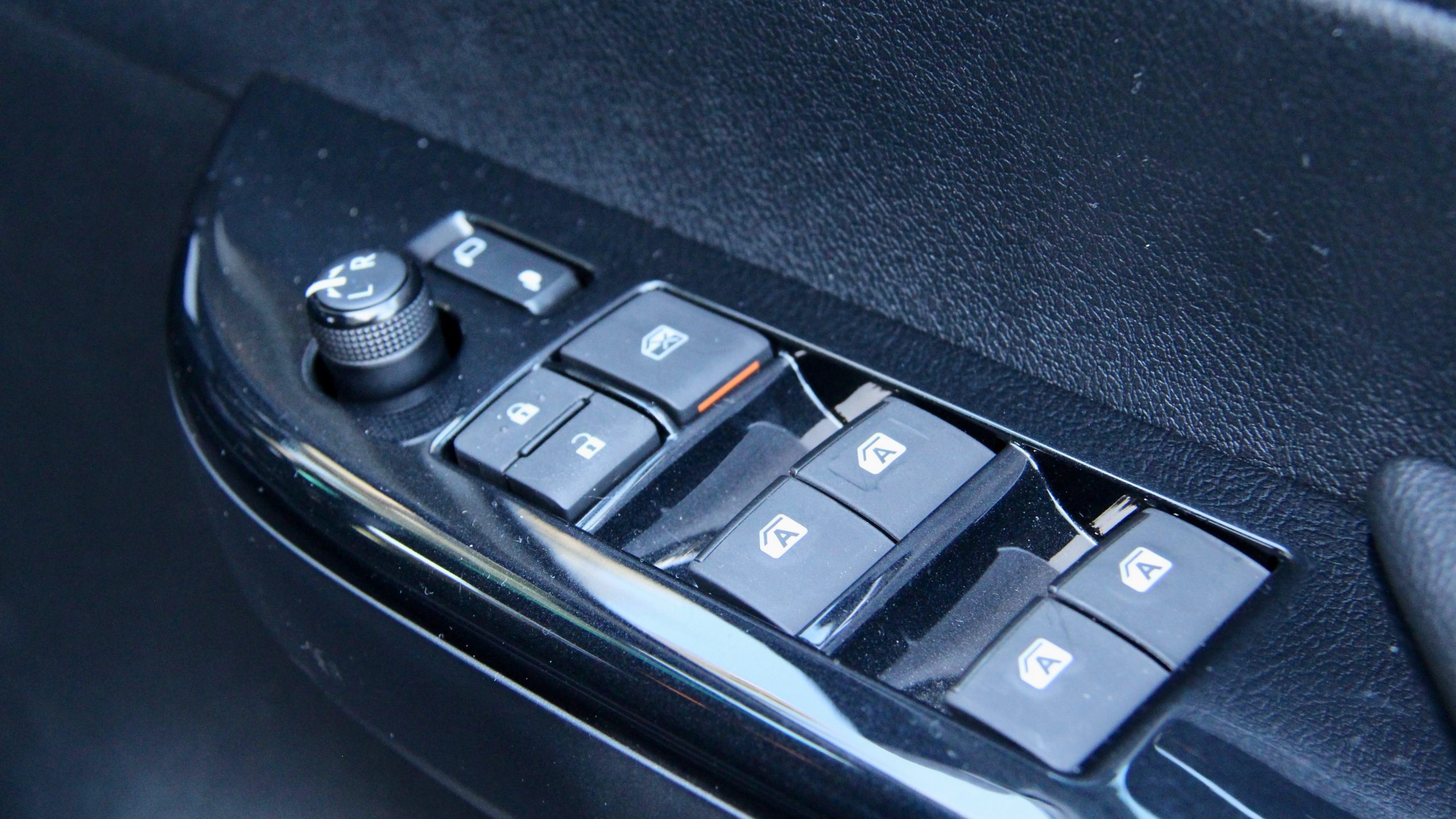
Standard equipment on the HiLux Rogue includes a nine-speaker JBL sound system, an 8.0-inch touchscreen with satellite navigation, digital radio, wired Apple CarPlay and Android Auto, 18-inch alloy wheels, keyless entry with push button start, dual-zone climate control, automatic LED headlights, leather upholstery, electric-folding mirrors, single-stage heated front seats, an eight-way power adjustable driver’s seat, a 220 volt household socket, an auto-dimming rear mirror, a front cooler box, a marine-grade carpet-lined tub, a sports bar, LED tray lights and an electric tonneau cover.
Standard safety kit for the 2023 Toyota HiLux Rogue includes seven airbags, low-speed autonomous emergency braking (AEB) with pedestrian and cyclist detection, trailer sway control, an alarm, a 360-degree camera, front and rear parking sensors, lane departure warning with lane keep assist, adaptive cruise control, blind-spot monitoring with rear cross traffic alert, traffic sign recognition and ISOFIX points in the outboard rear seats. Toyota’s connected services are also included with the HiLux Rouge – this includes stolen vehicle tracking, an emergency SOS button and automatic collision notification.
The sole standard colour offered across the HiLux range is ‘Glacier White’ – every other colour comes at a $675 premium such as ‘Eclipse Black’, ‘Nebula Blue’, ‘Saturn Blue’, ‘Feverish Red’, ‘Graphite’, ‘Silky Sky’, ‘Crystal Pearl’ and our test car’s ‘Oxide Bronze’. Black upholstery is the only option.
The main competitors to the HiLux Rogue are the $67,190 plus on-road costs Ford Ranger Wildtrak Bi-Turbo, the $67,500 +ORCs Isuzu D-Max X-Terrain and the $66,390 +ORCs Mazda BT-50 SP. All of these utes are less expensive than the HiLux and yet, much newer. They all offer larger infotainment screens, more technology, more comprehensive safety suites and more modern interiors for less money. Comparing the HiLux to competitors starts to make the value equation look not great.
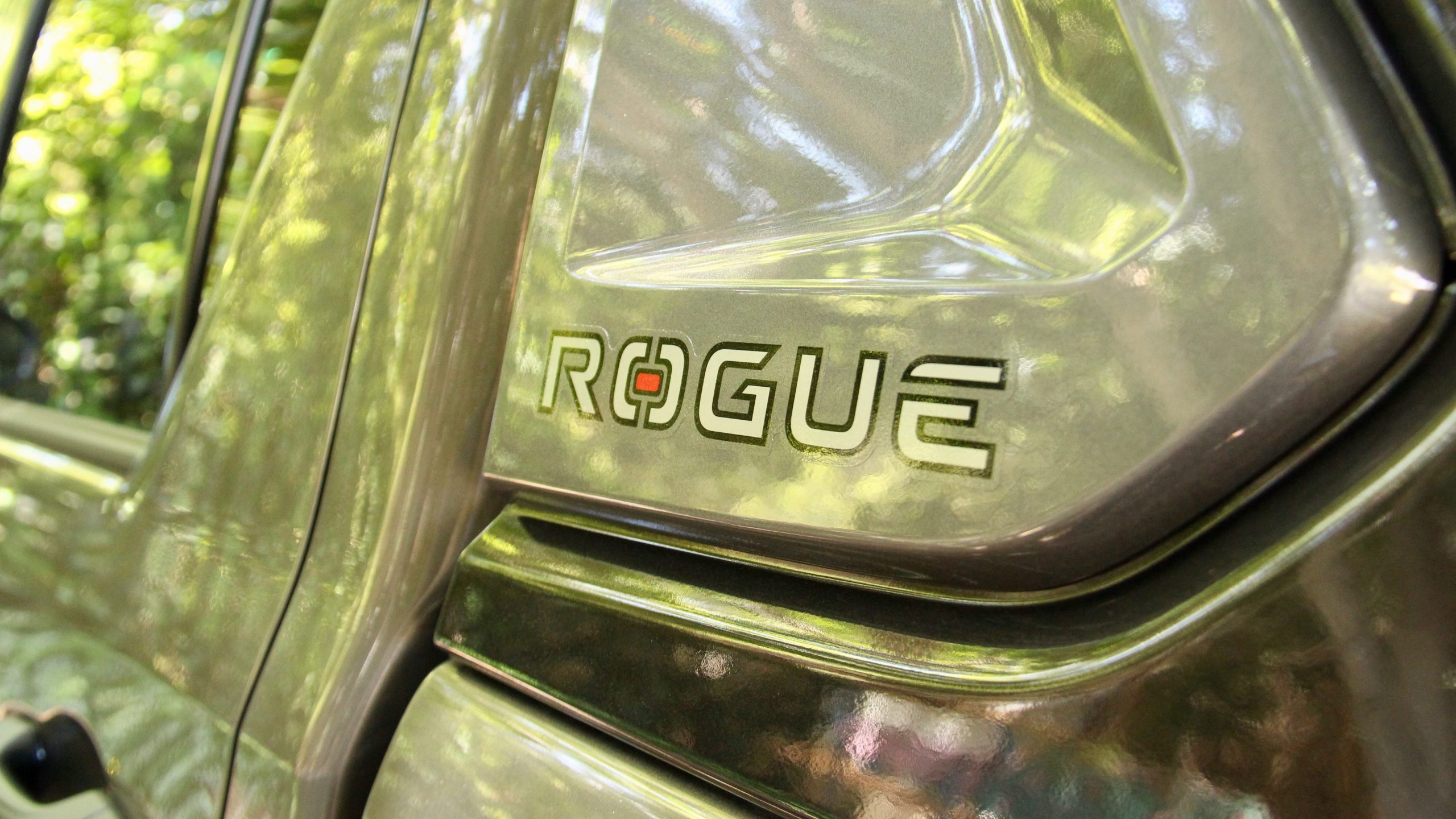
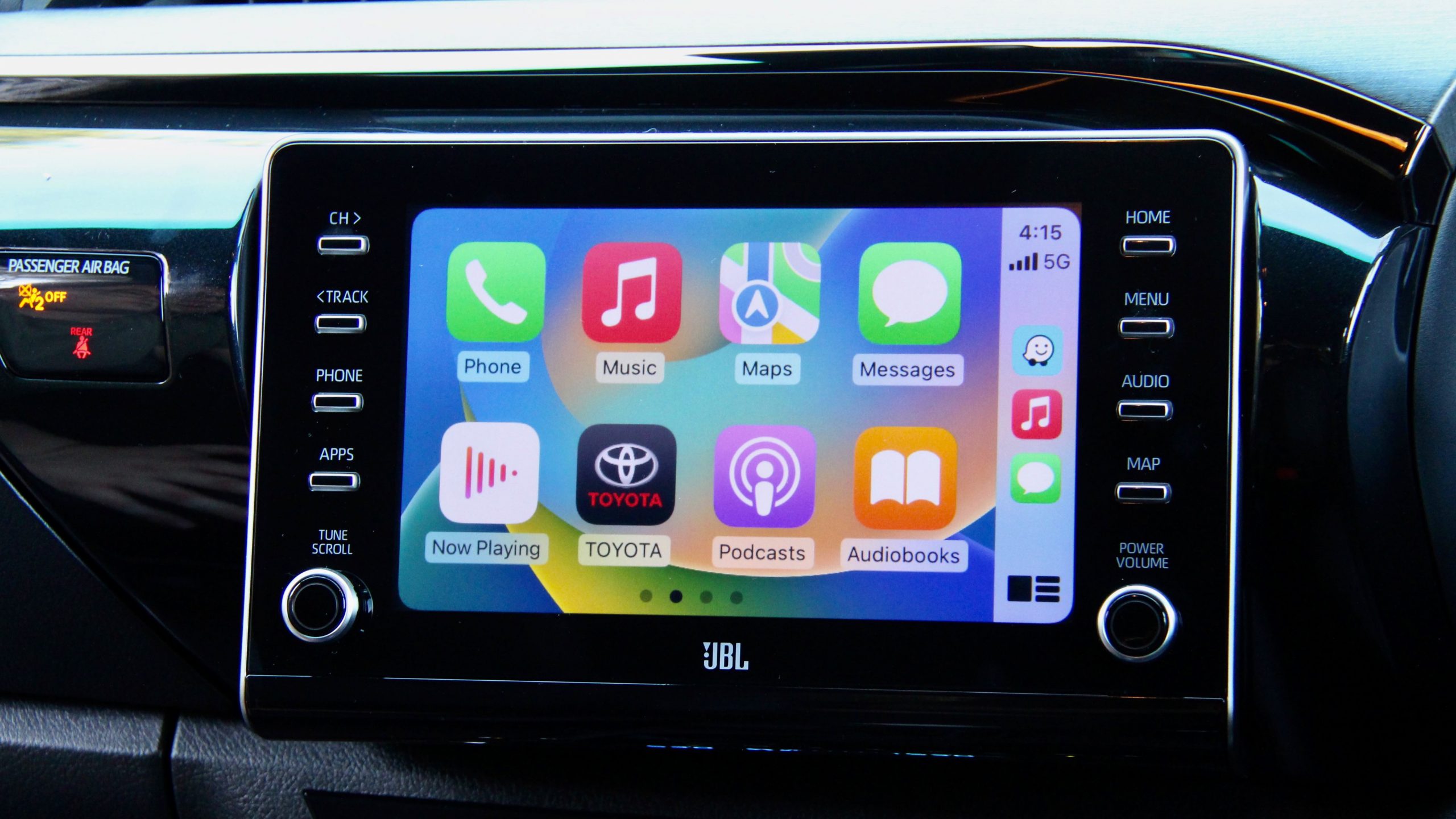
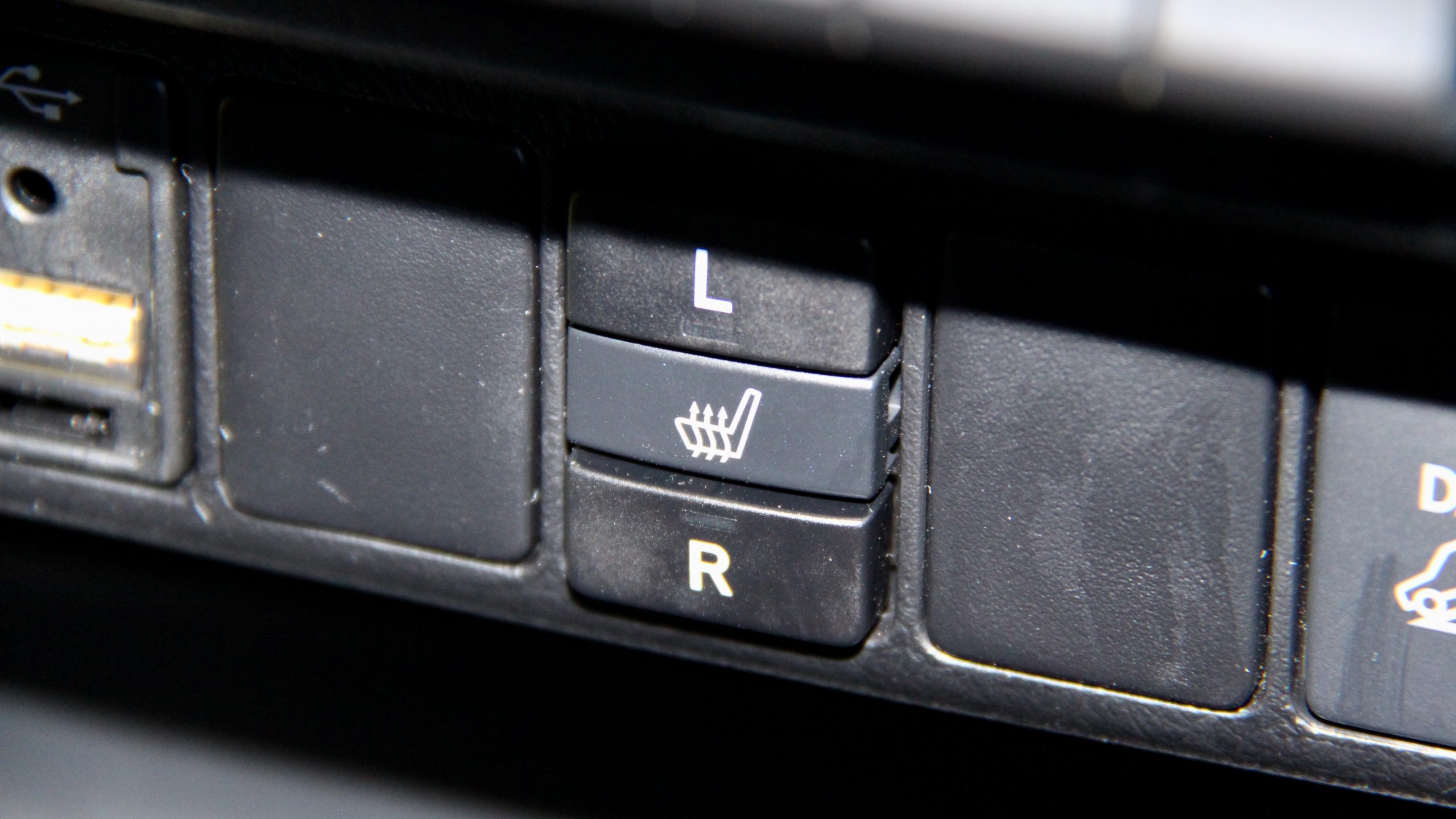
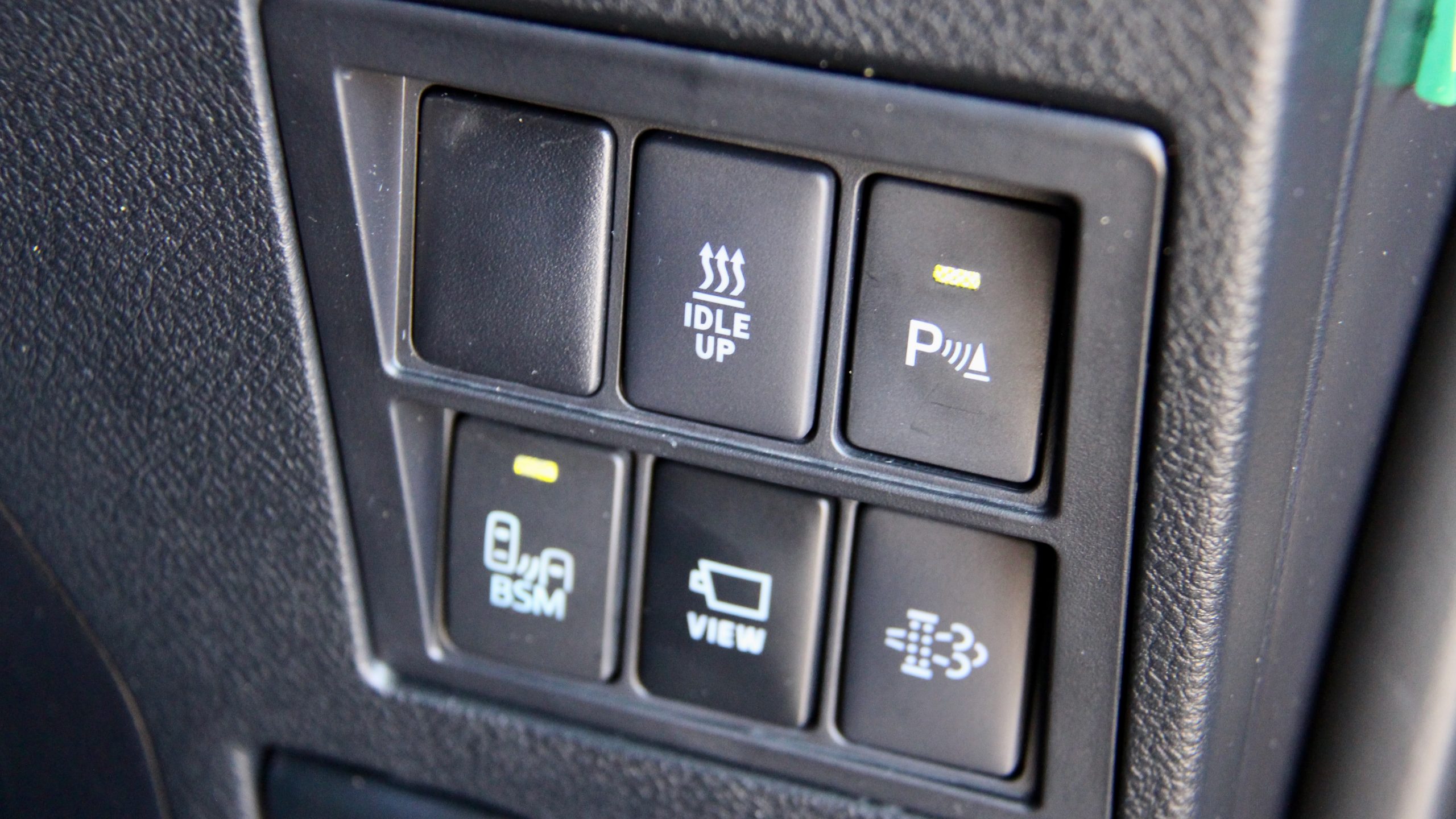
The HiLux Rogue would represent much better value with sharper pricing, or with an expanded feature set. The inclusion of features such as a digital driver’s display, a bigger and updated infotainment screen, wireless phone mirroring, rain-sensing wipers, a sunroof and a more comprehensive suite of safety features such as braking for the rear cross traffic alert, a tyre pressure monitoring system, intersection turn assist and rear automatic braking – all of which are available on competitors.
Performance & Economy: 7/10
The only engine option offered with 2023 Toyota HiLux Rogue is a 2.8-litre turbocharged four-cylinder diesel engine that has seen duty in the HiLux for a few years now. It produces 150kW of power at 3,400rpm and 500Nm of torque between 1,600 and 2,800rpm. It’s paired to a six-speed torque converter automatic transmission and a 4×4 setup sending power to all wheels.
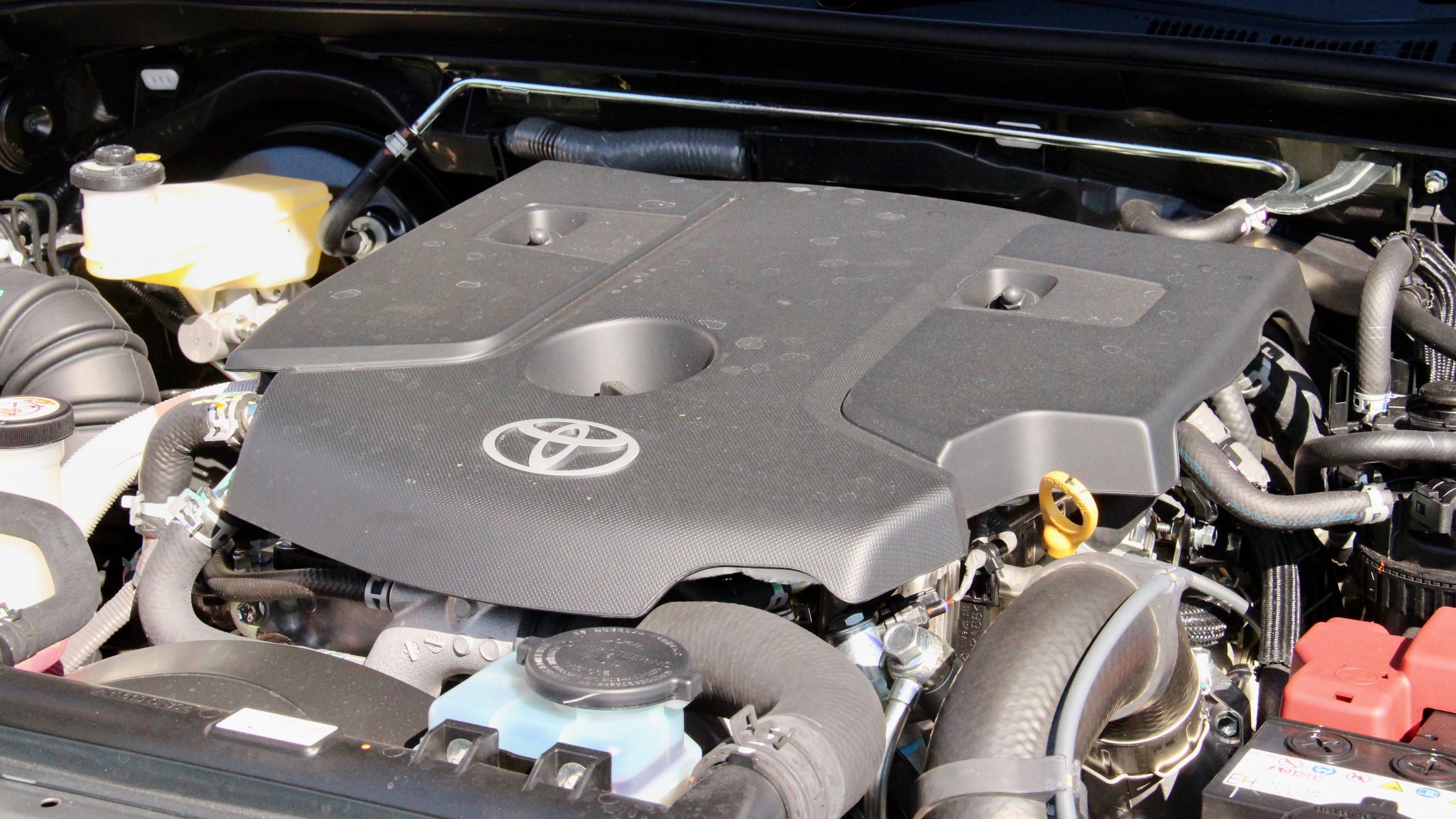
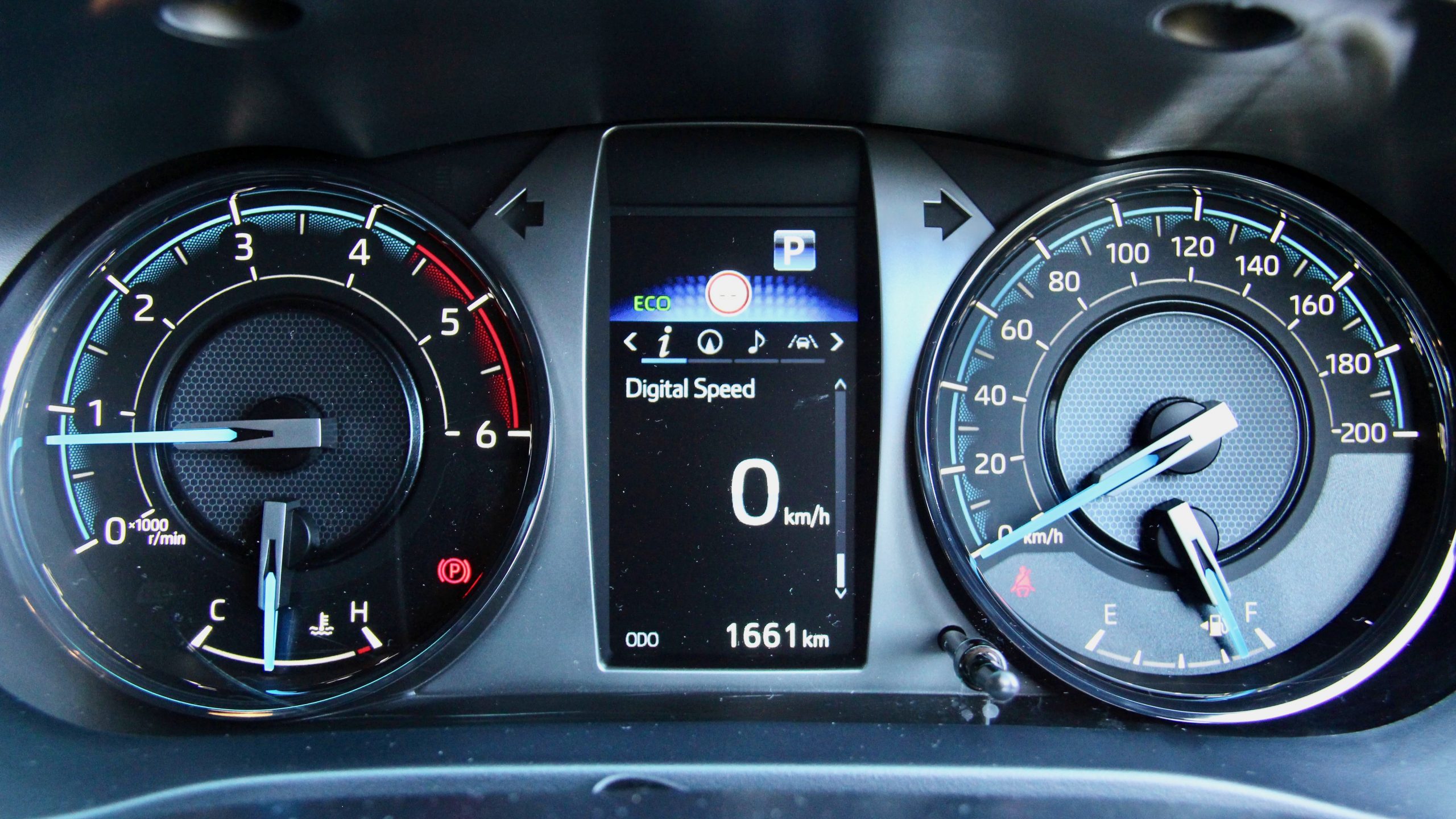
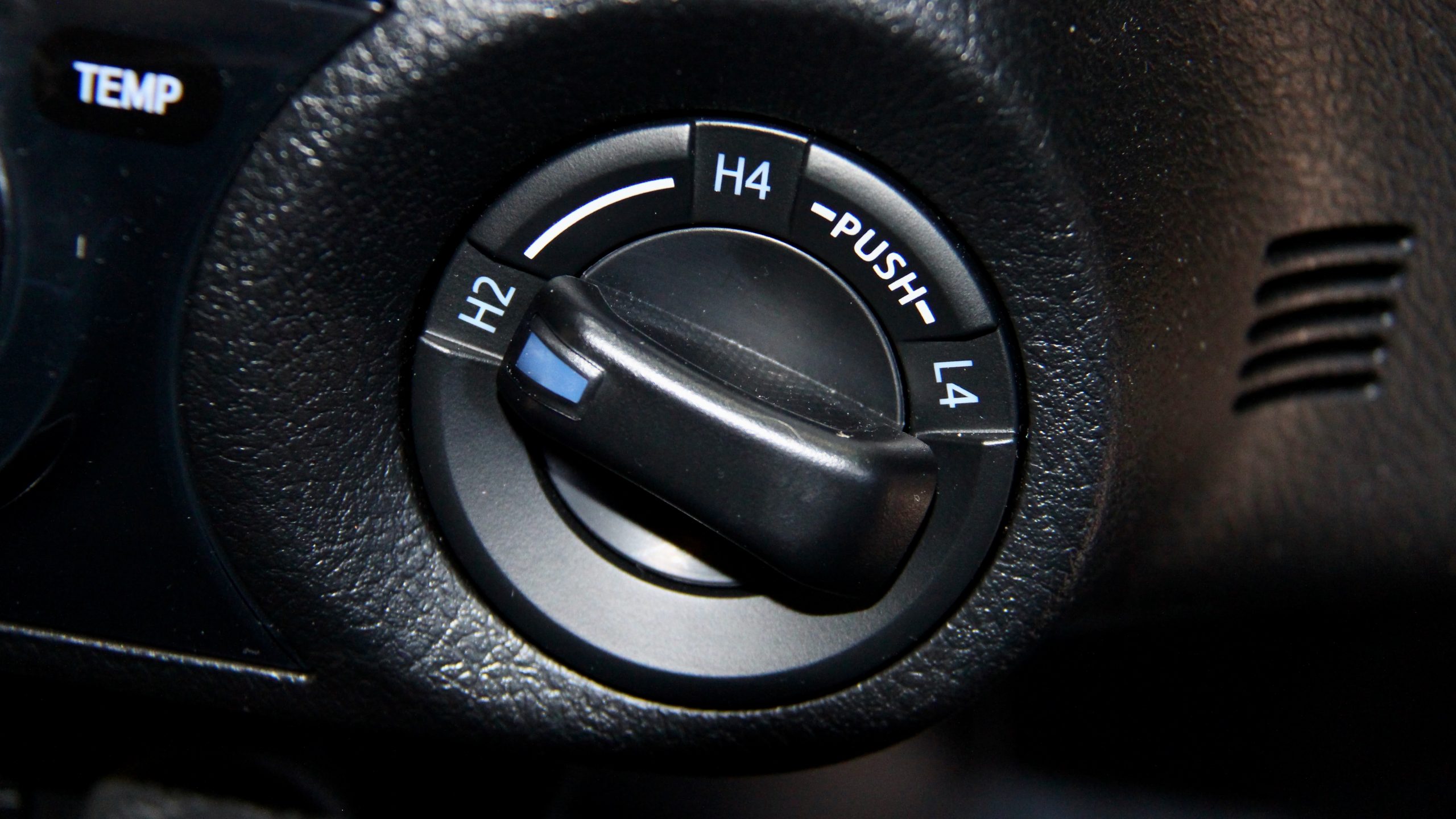
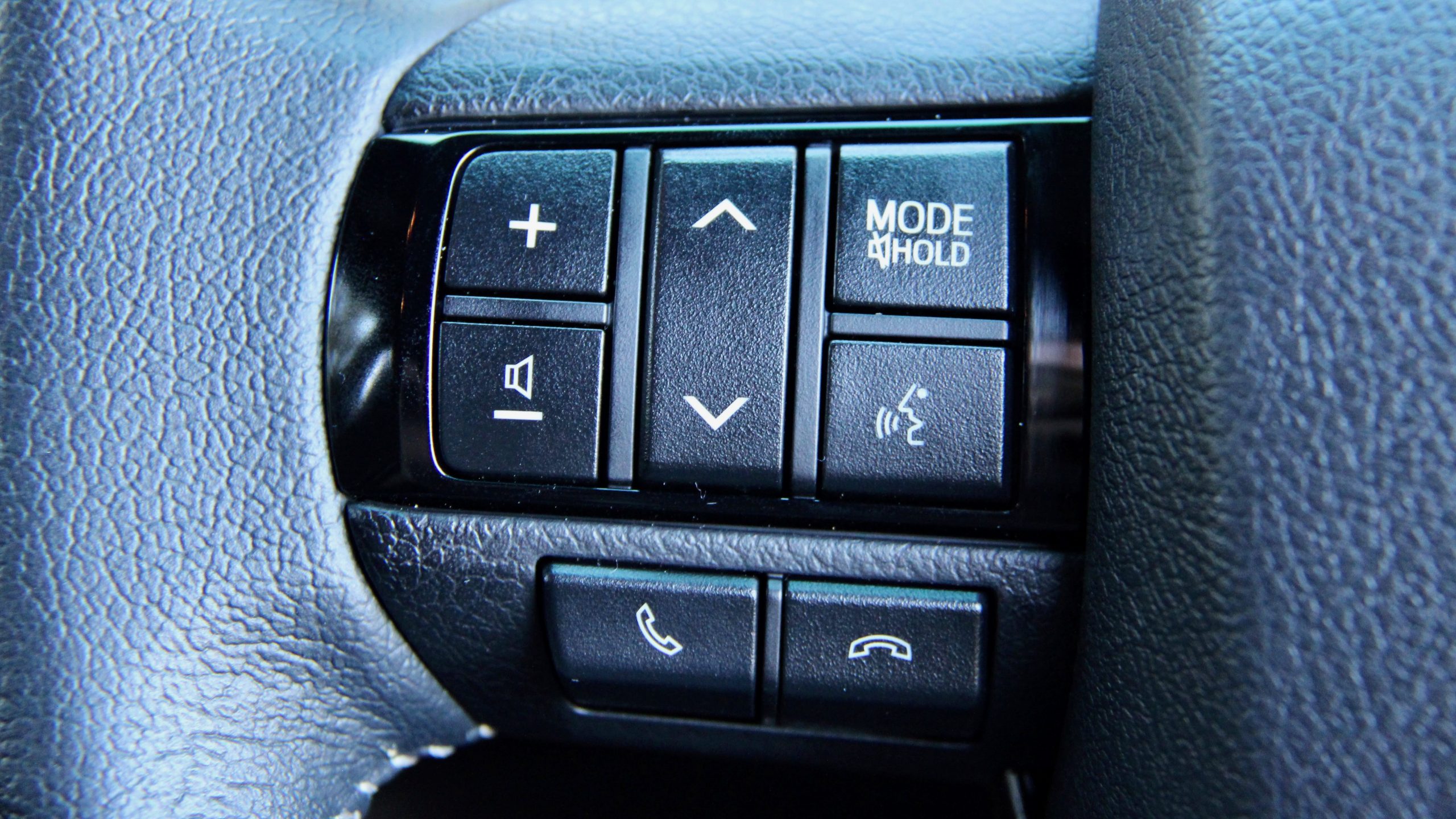
The engine does feel a touch old at times – it’s not the most refined unit, with lots of noise entering the cabin during even modest acceleration and driving rivals with more modern diesel units drives this point home further. Despite this, the powertrain is fairly well suited to the HiLux, with good low end torque, making getting up to speed a breeze. The HiLux feels like it has plenty of grunt when needed, feels at home cruising at highway speeds and overtaking is never a problem – though the Ranger’s 154kW bi-turbo engine (let alone the wonderful V6) offers superior grunt, a more intuitive nature and is more refined as well.
The six-speed automatic gearbox in the HiLux is relatively smooth, never seeming phased by sudden acceleration. It mates well with the engine and is rarely in the wrong ratio. There is manual shift ability via the gear lever, but no steering wheel mounted paddle shifters. While we think that perhaps a more modern gearbox should be standard at this pricepoint, the current torque converter unit is more than acceptable. But the Ranger’s 10-speed automatic is more intuitive and keeps the engine in the torque band better than the HiLux’s unit.
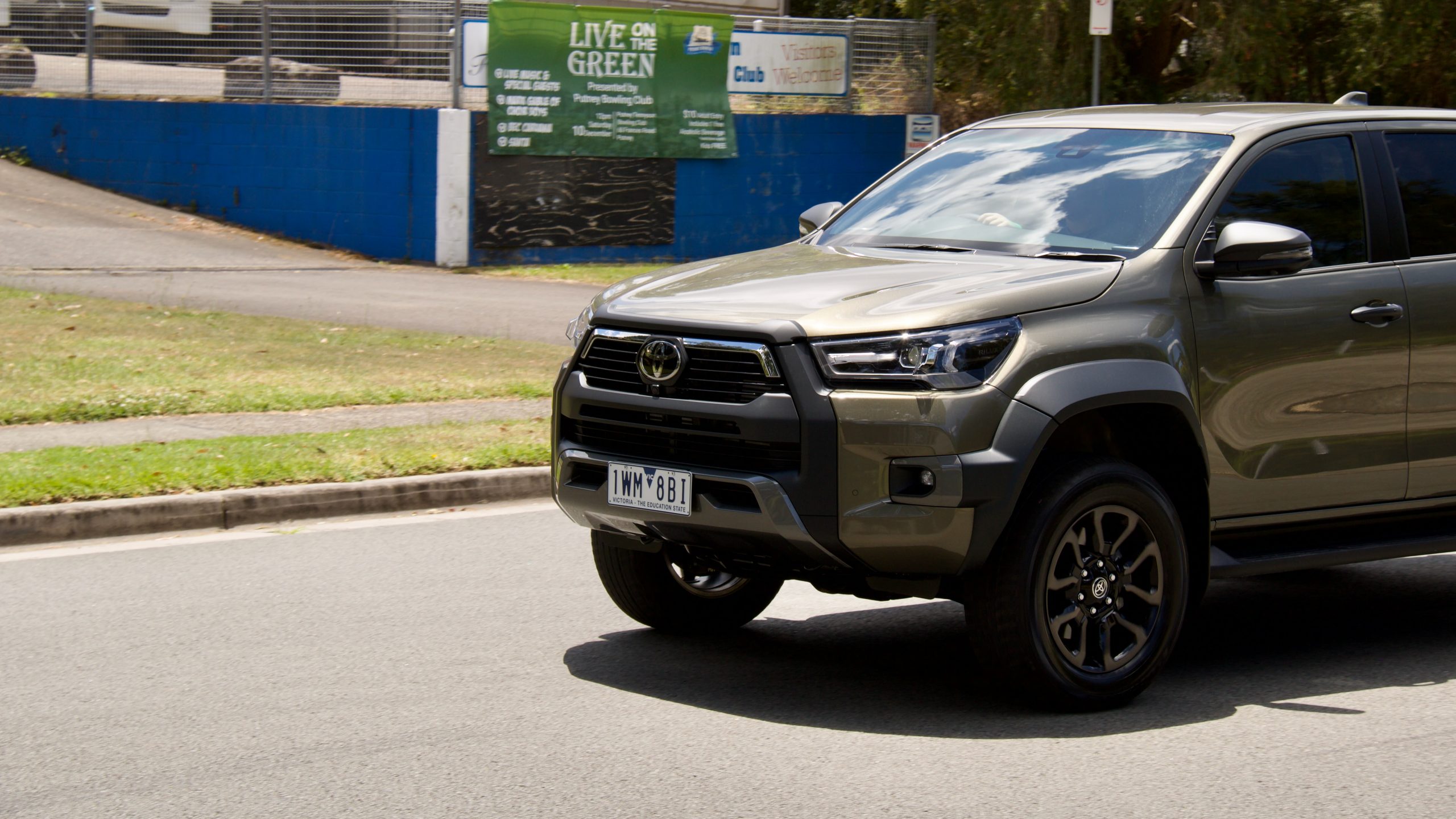
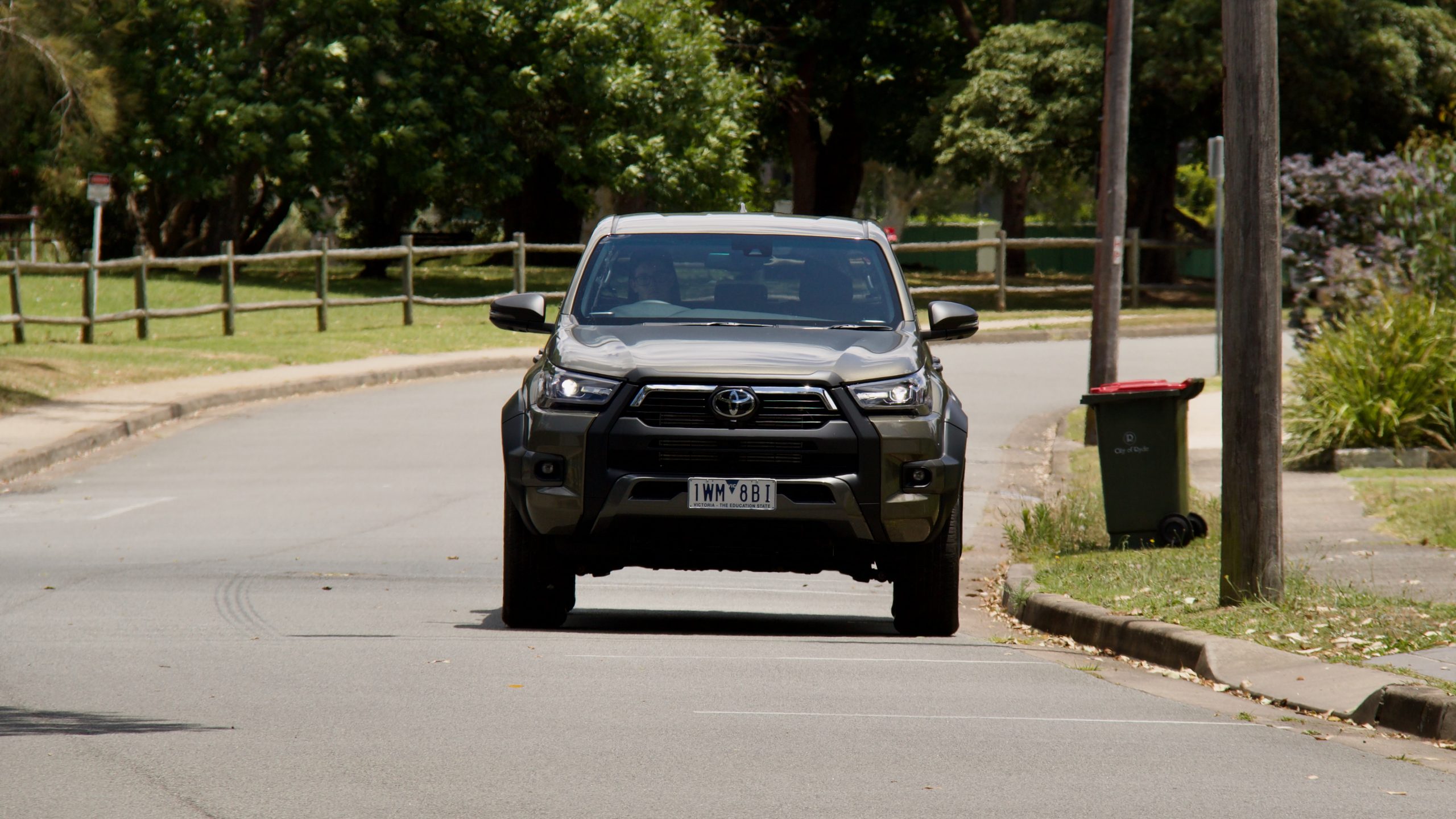
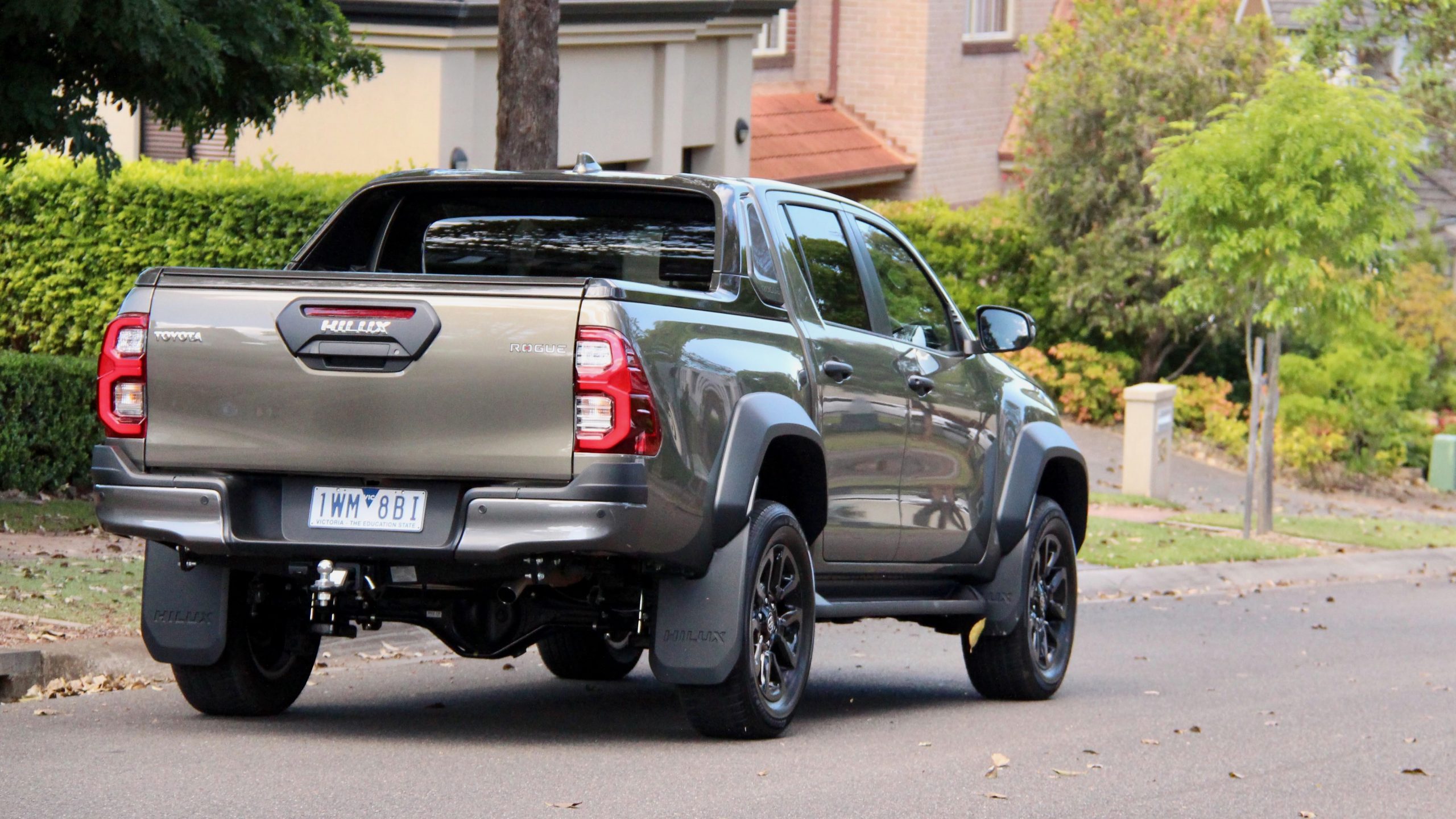
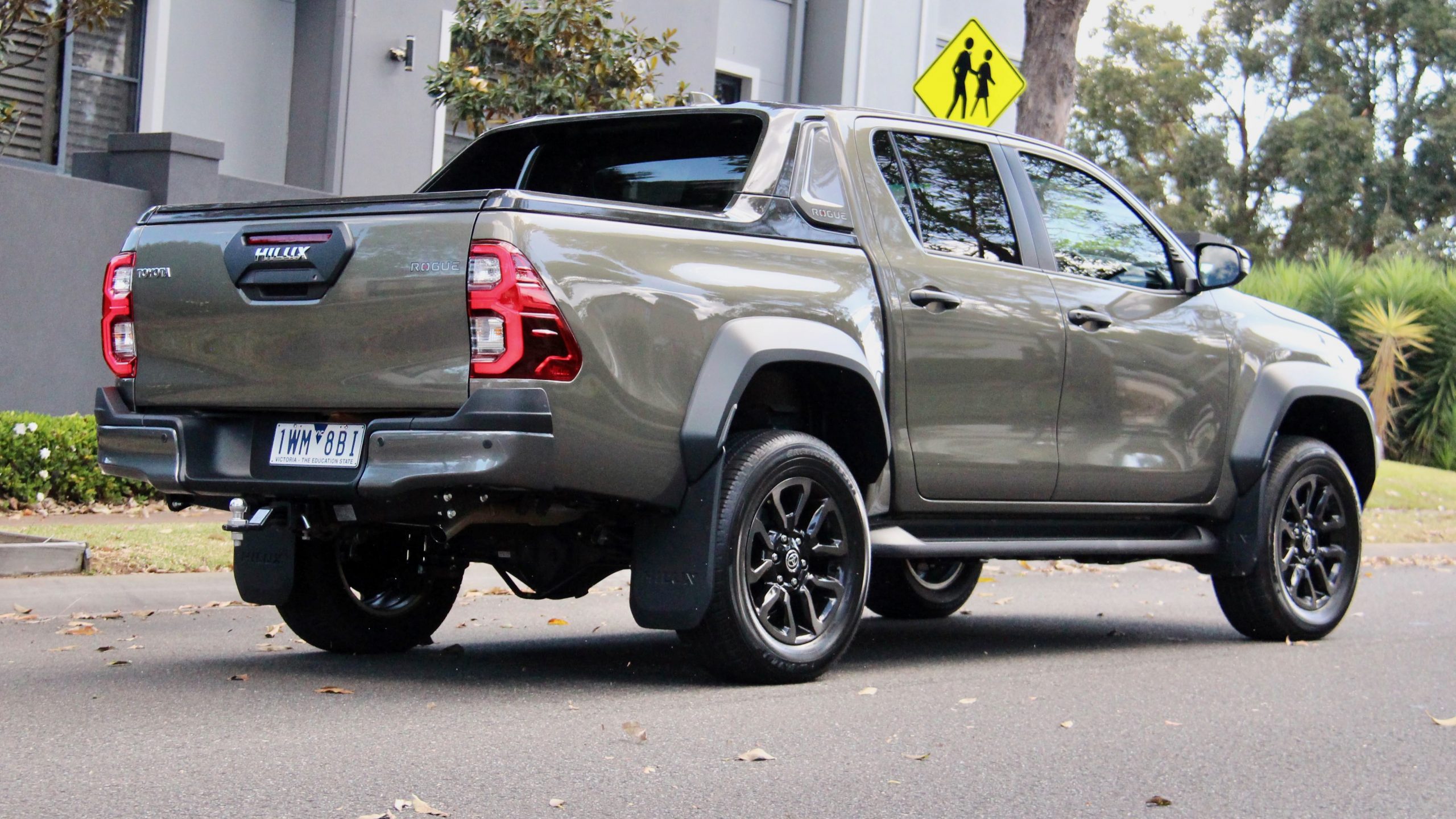
The braked towing capacity of the 2023 Toyota HiLux Rogue is 3,500kg, which is fairly standard amongst its dual cab ute competition. For those who want to venture off-road, the HiLux has an approach angle of 31-degrees, a departure angle of 23-degrees, ground clearance of 265mm and a wading depth iso 700mm. The claimed average fuel consumption figure for the Rogue is 8.4L/100km. In our week of testing with a mixture of urban and motorway driving we managed to get an average figure of 10.5L/100km. The HiLux has a large 80-litre fuel tank, and with the consumption we achieved, it should allow for a 760km range.
Ride & Handling: 7/10
The 2023 Toyota HiLux Rogue has reasonable manners for ute. Over other models in the range, the Rogue now features a 140mm widened track and Toyota promises an improved ride and handling balance as a result.
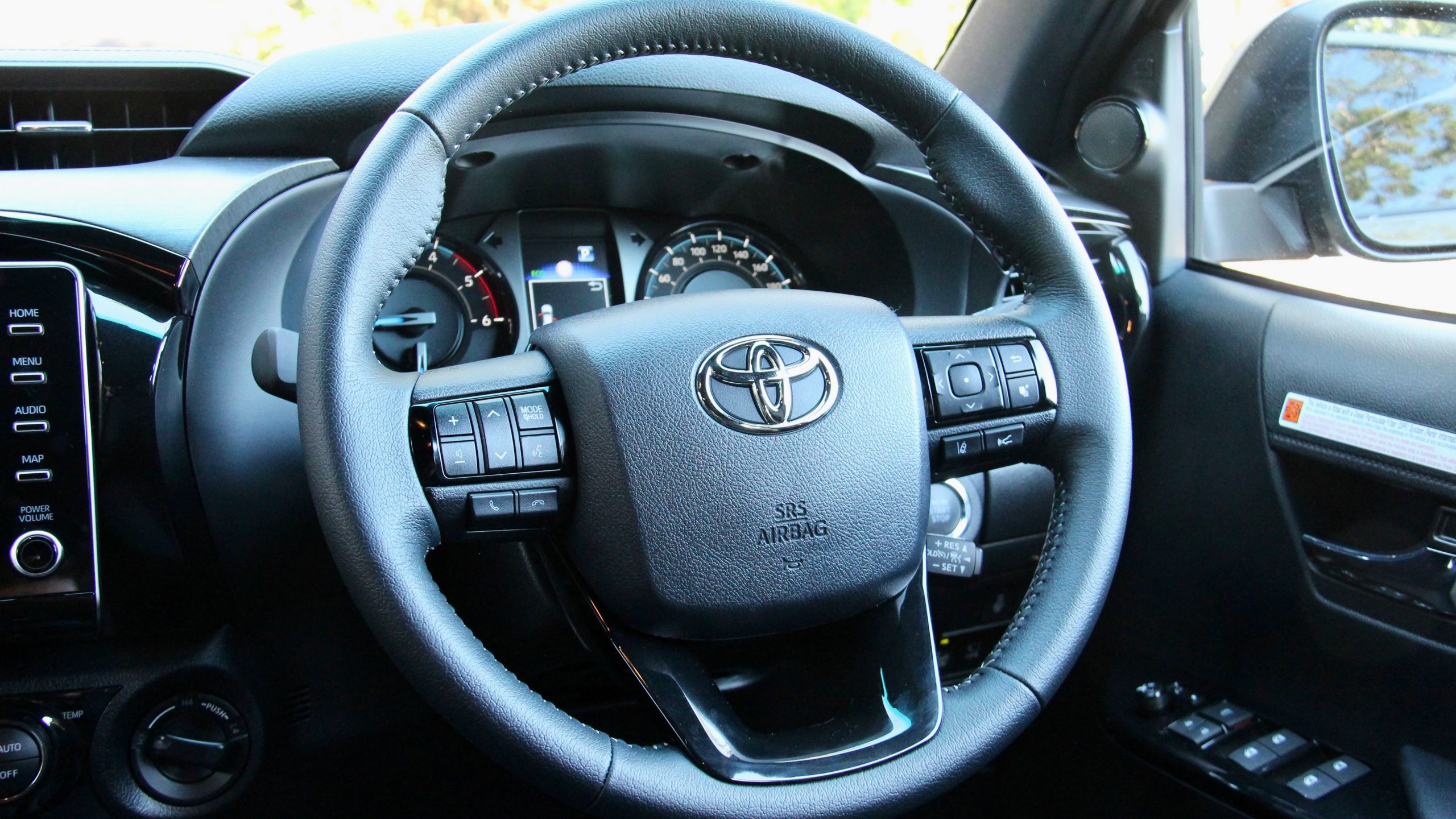
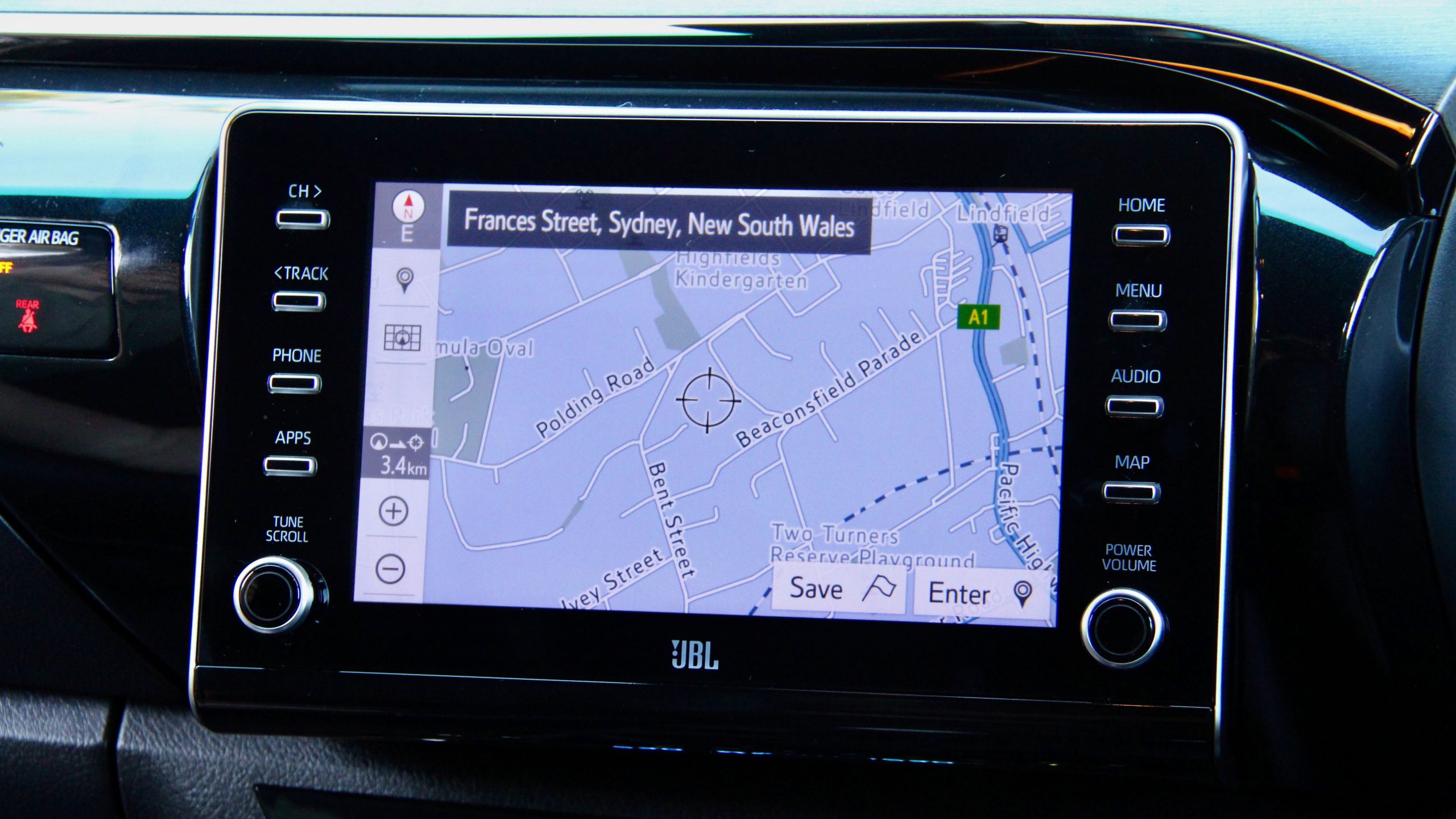
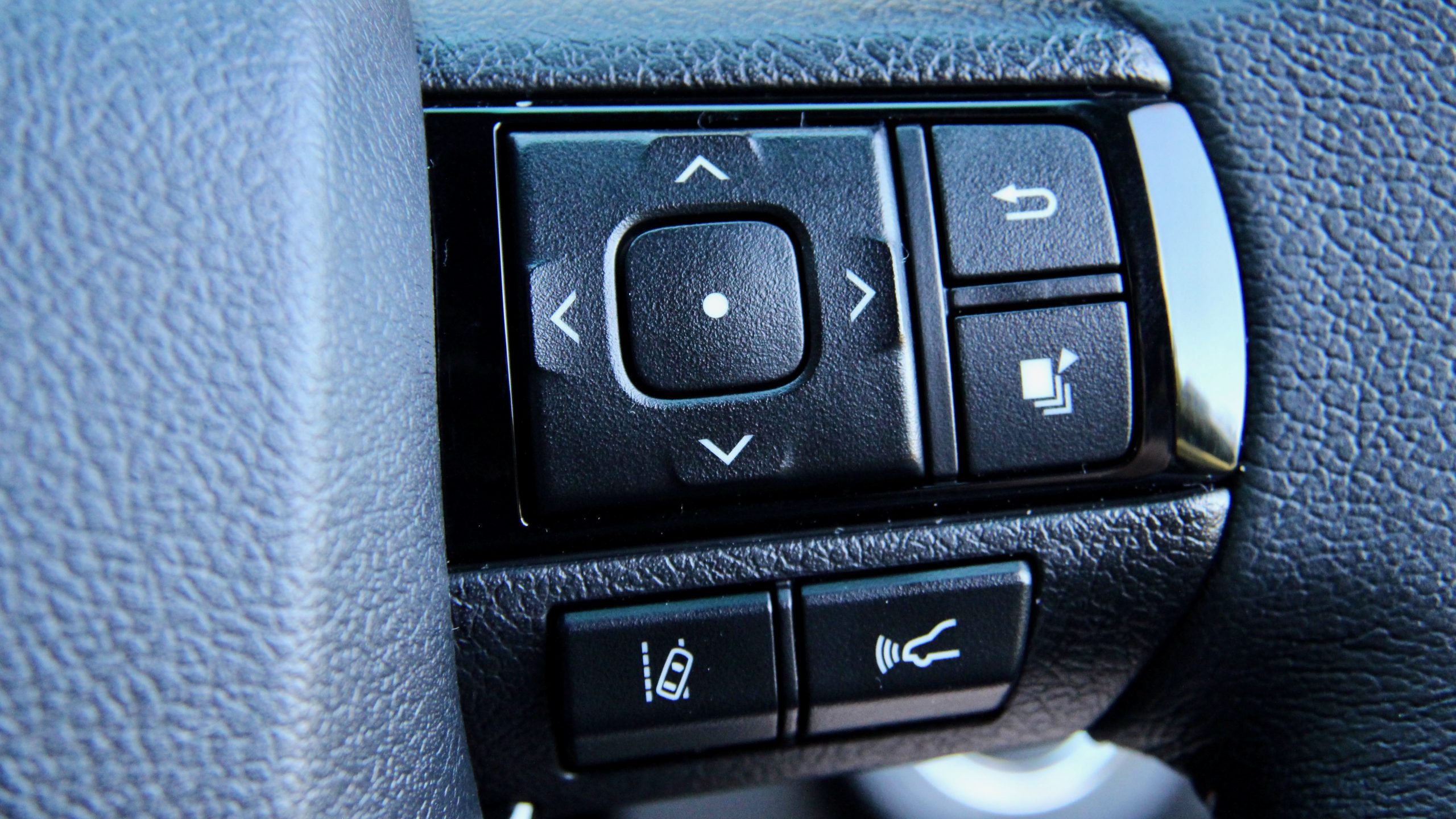
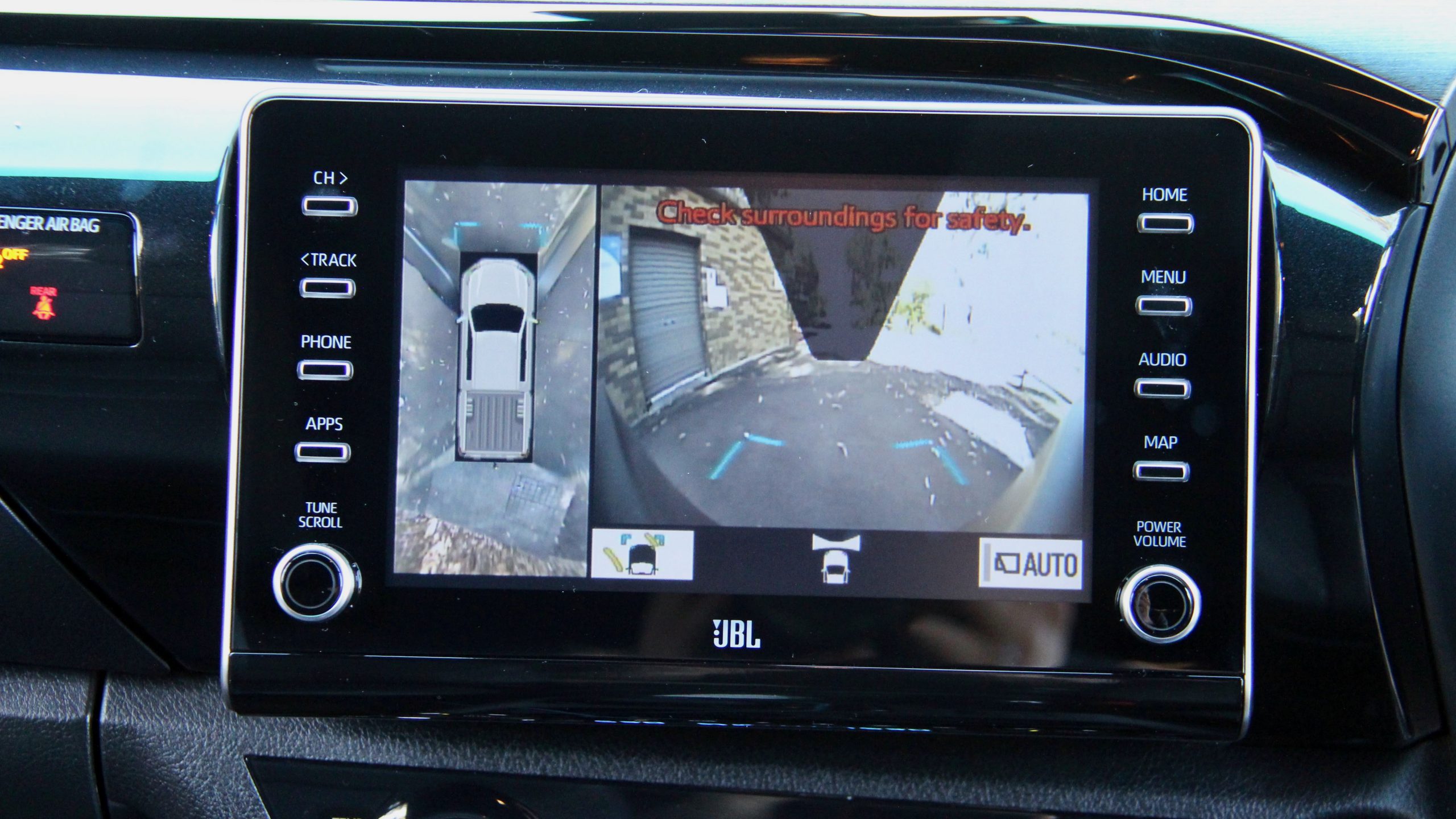
While a bit lacking in feel, the steering is light which makes weaving around suburbia easier than the HiLux’s dimensions would suggest. Noise suppression is acceptable – the driver is fairly isolated from the road most of the time, though coarser chip bitumen does start to intrude into the cabin, especially at higher speeds.
While ride can get a little choppy at times, it is liveable. The suspension does a reasonable job soaking up our dodgy Australian roads, though it can get unsettled at times – we in part put this down to driving the HiLux unladen. The Ford Ranger is a far more comfortable and refined ute to drive on a daily basis, but the HiLux isn’t awful in comparison. Being a tall dual-cab ute the HiLux is a little top heavy in the corners with some body roll and you do need to be mindful of the speed you enter into certain bends at. Dual-cab utes have come such a long way and while the HiLux isn’t perfect in the handling department, it is more than adequate.
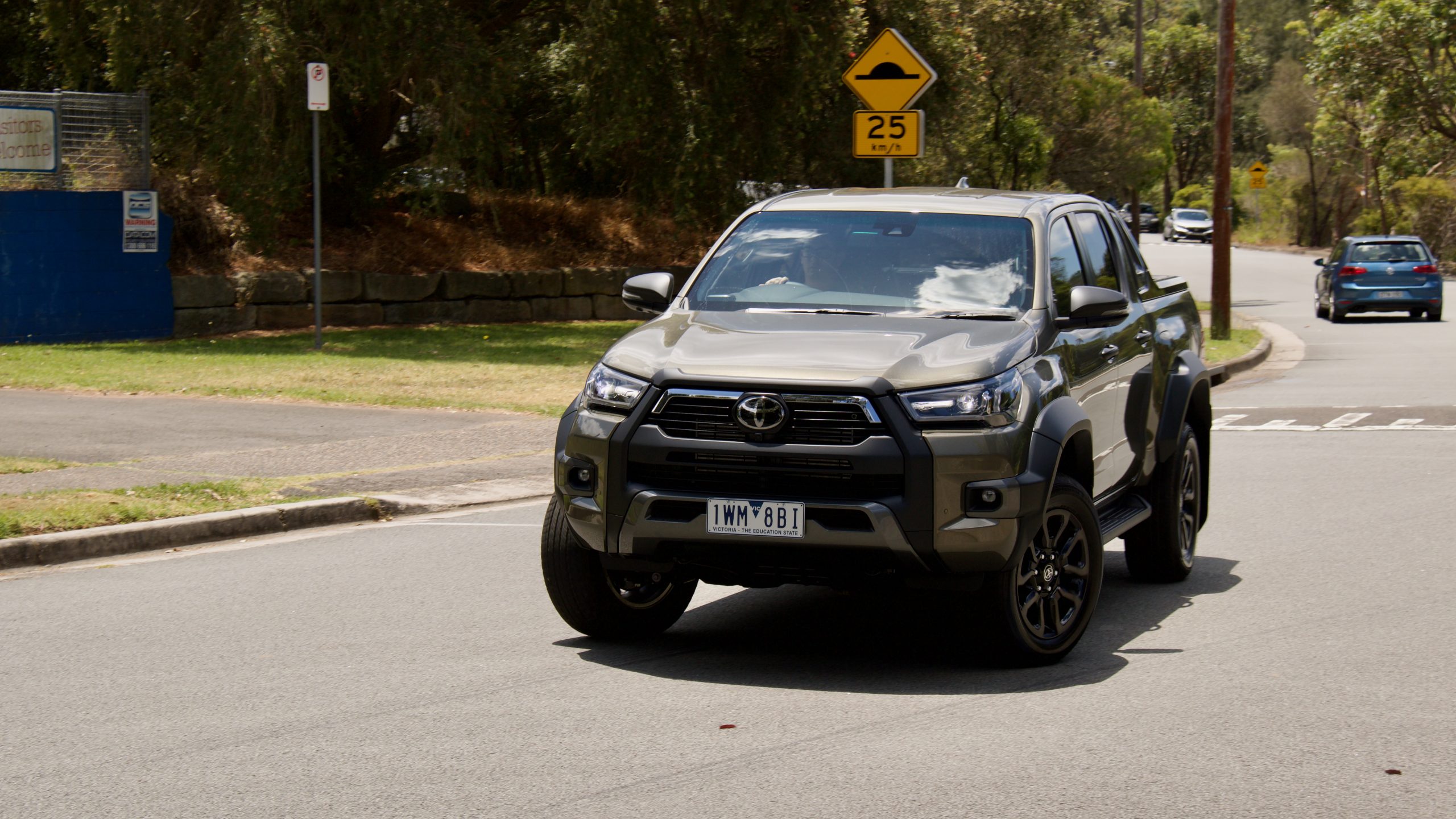
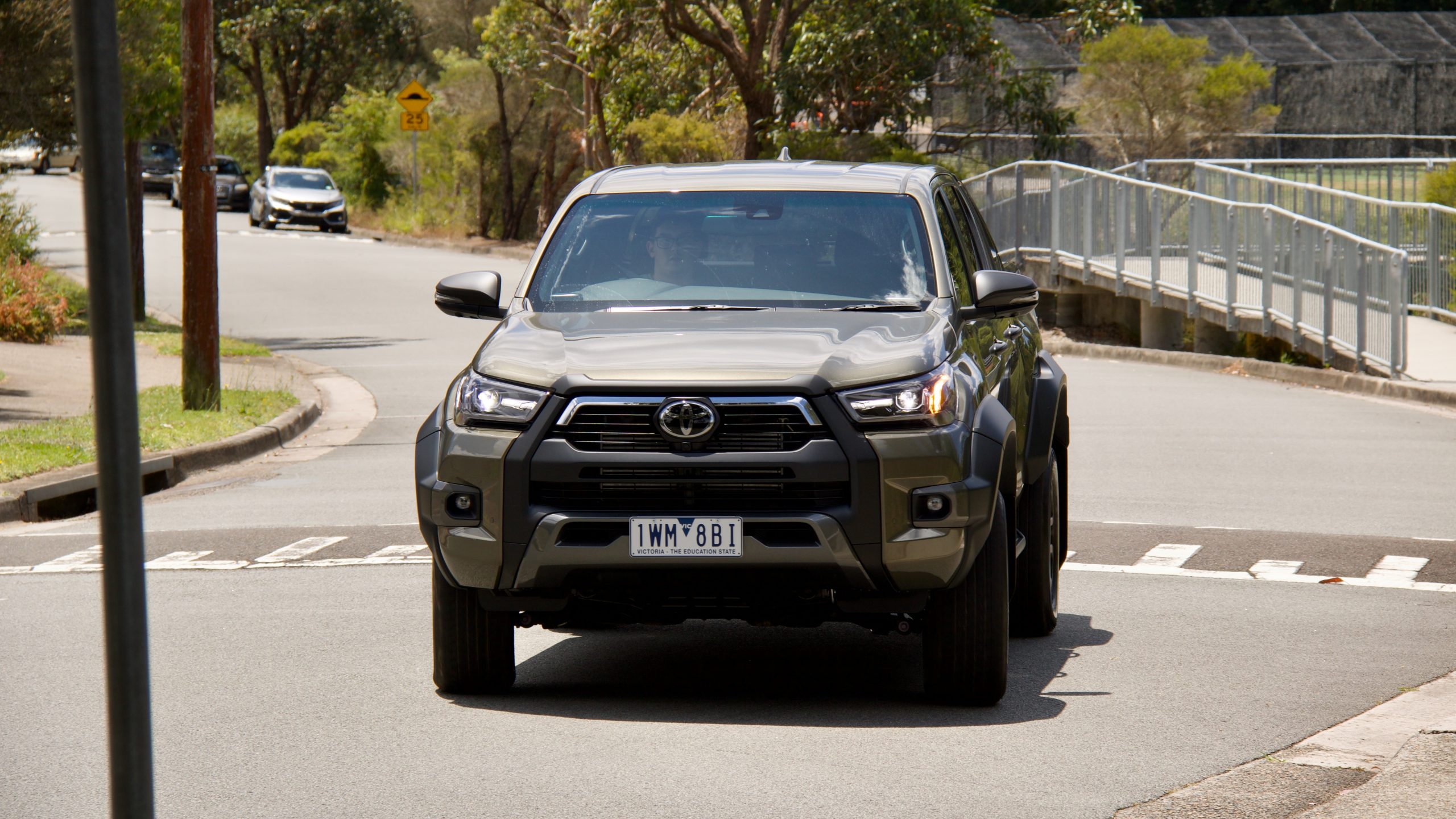
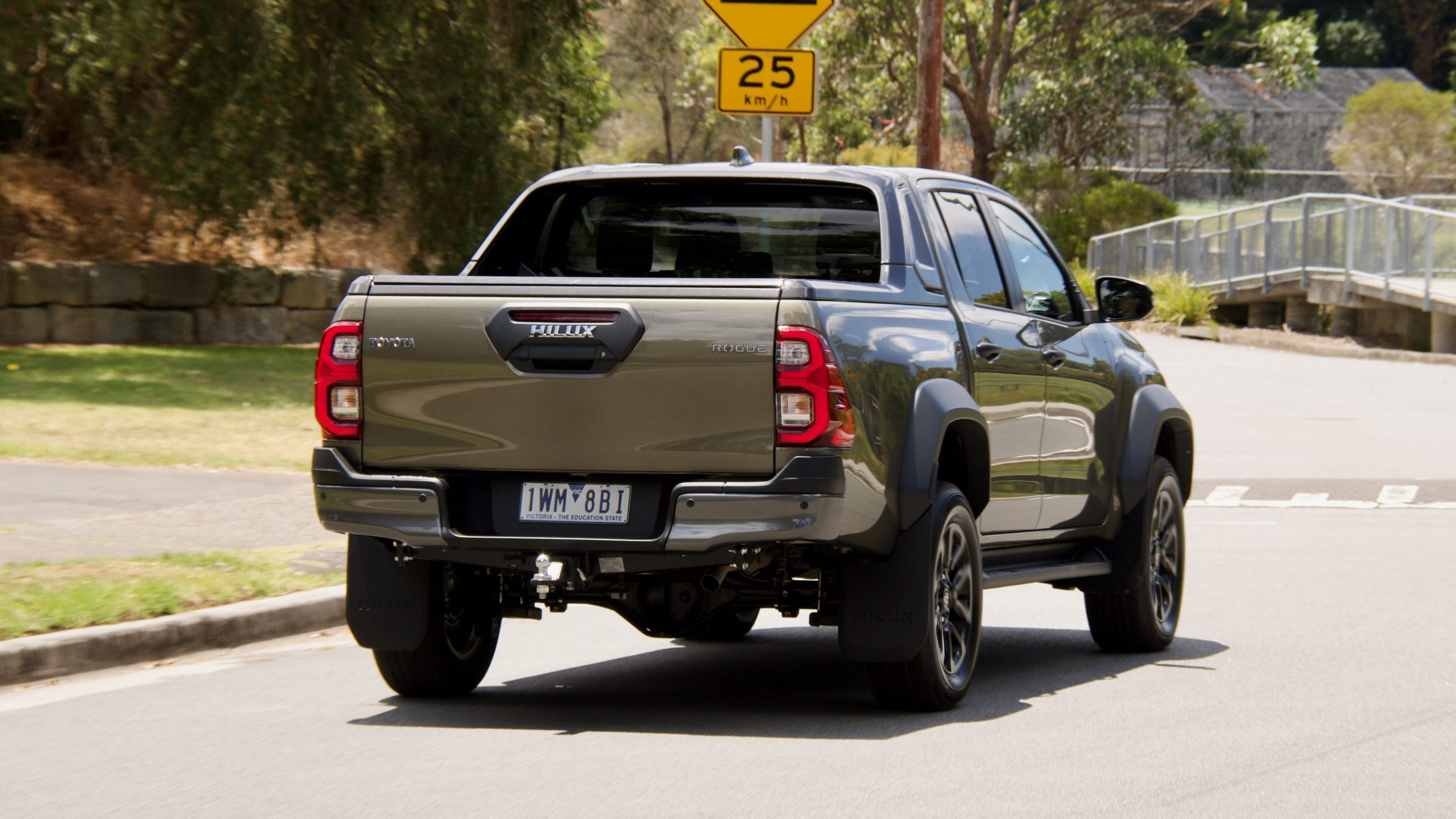
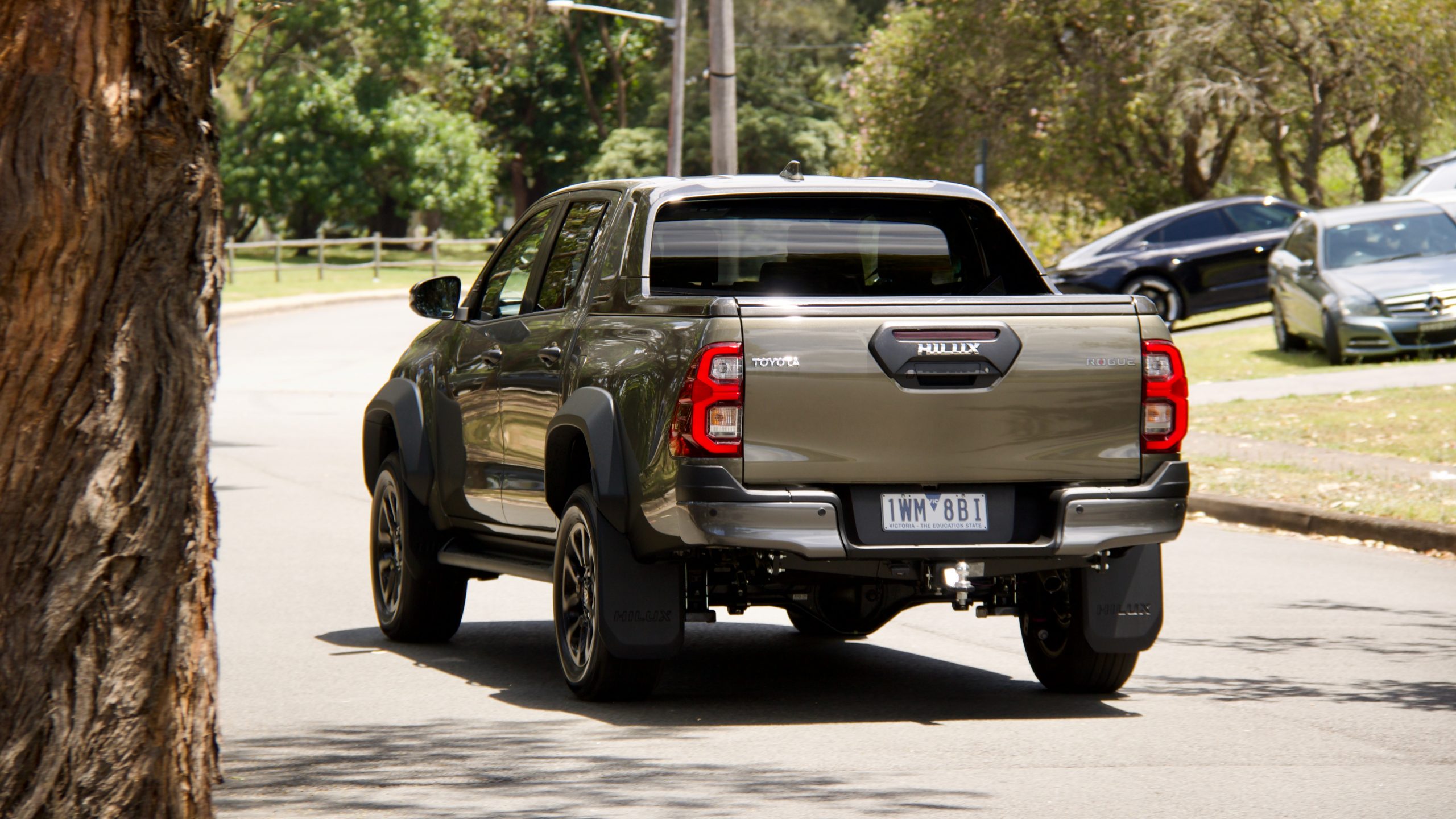
As for active safety systems, the lane keep assist in the HiLux isn’t too intrusive and the adaptive cruise control also works a treat by maintaining a safe distance from the car ahead, although when changing lanes to overtake, the system could react a little faster to increase the speed and safely get around the car in front. The addition of blind-spot monitoring and rear cross-traffic alert has also made the HiLux a more well-rounded product in our opinion.
Interior & Practicality: 7/10
You would be forgiven for thinking that the 2023 Toyota HiLux Rogue’s interior has not changed since this model’s release in 2015, albeit with a bigger screen and different trim pieces. That’s not necessarily a bad thing as it’s a functional design, and for those traditionalists out there, the HiLux has a very standard interior layout which is easy to use and live with. Having said that, plenty of competitors feature interiors which are far more modern, tech filled and interesting.
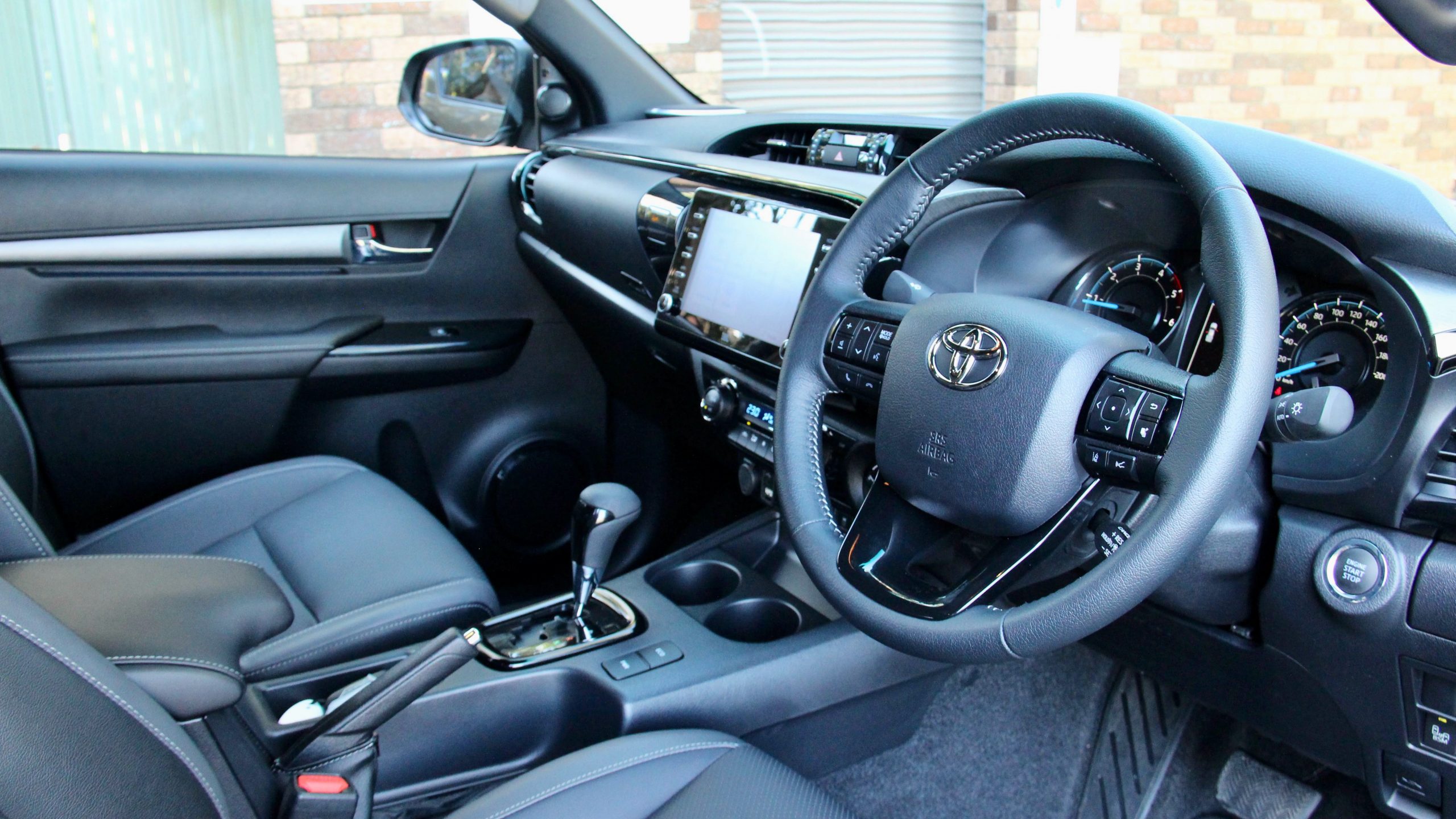
The materials used throughout the cabin are a bit old school, with very few soft touch surfaces. However, while hard, the materials used felt tough, important for a vehicle that will be objected to rough usage by tradesmen. Some competing utes feature classier and plusher interiors, which leaves a bit to be desired when looking inside the HiLux. Switchgear throughout the HiLux is generally ok, though some buttons – especially the heated seat buttons – feel quite cheap to the touch.
Storage throughout the cabin rather good as there are good sized storage bins, cup holders in the centre console and below the front side air-vents, dual gloveboxes (one which doubles as a cooler box), a nicely-sized centre console and rear door bins as well. The centre console also features a useful 220-volt household power socket.
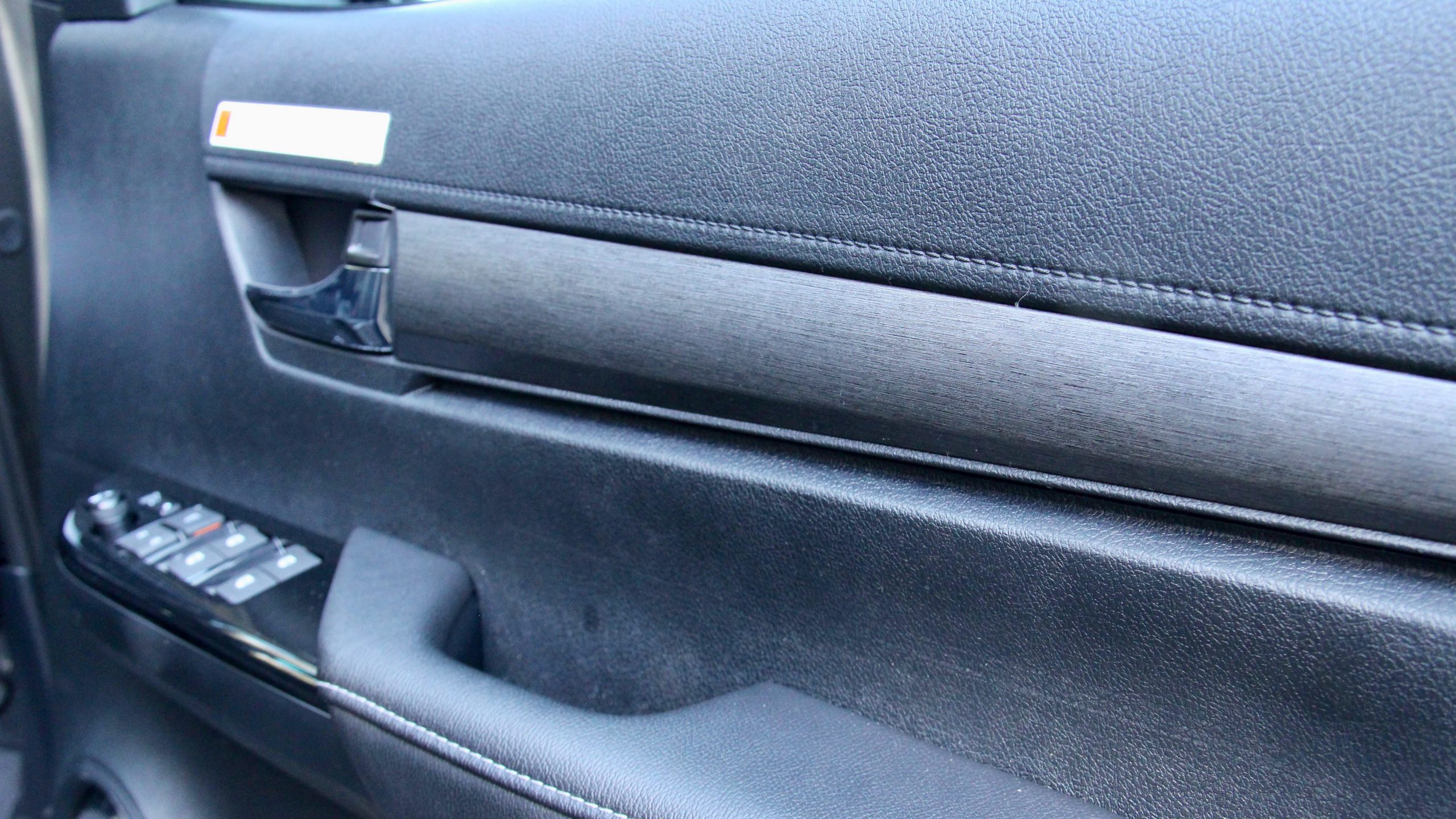
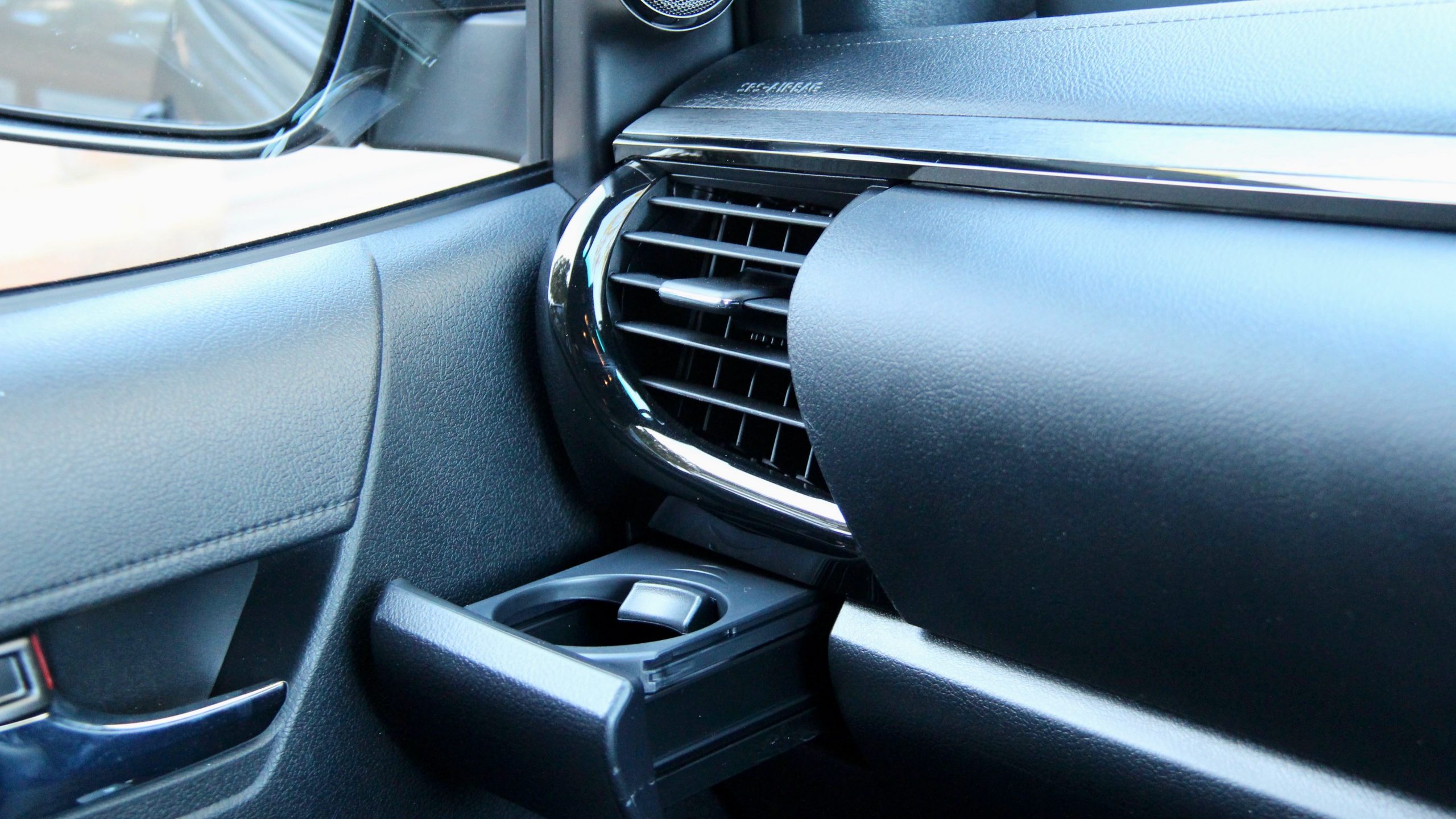
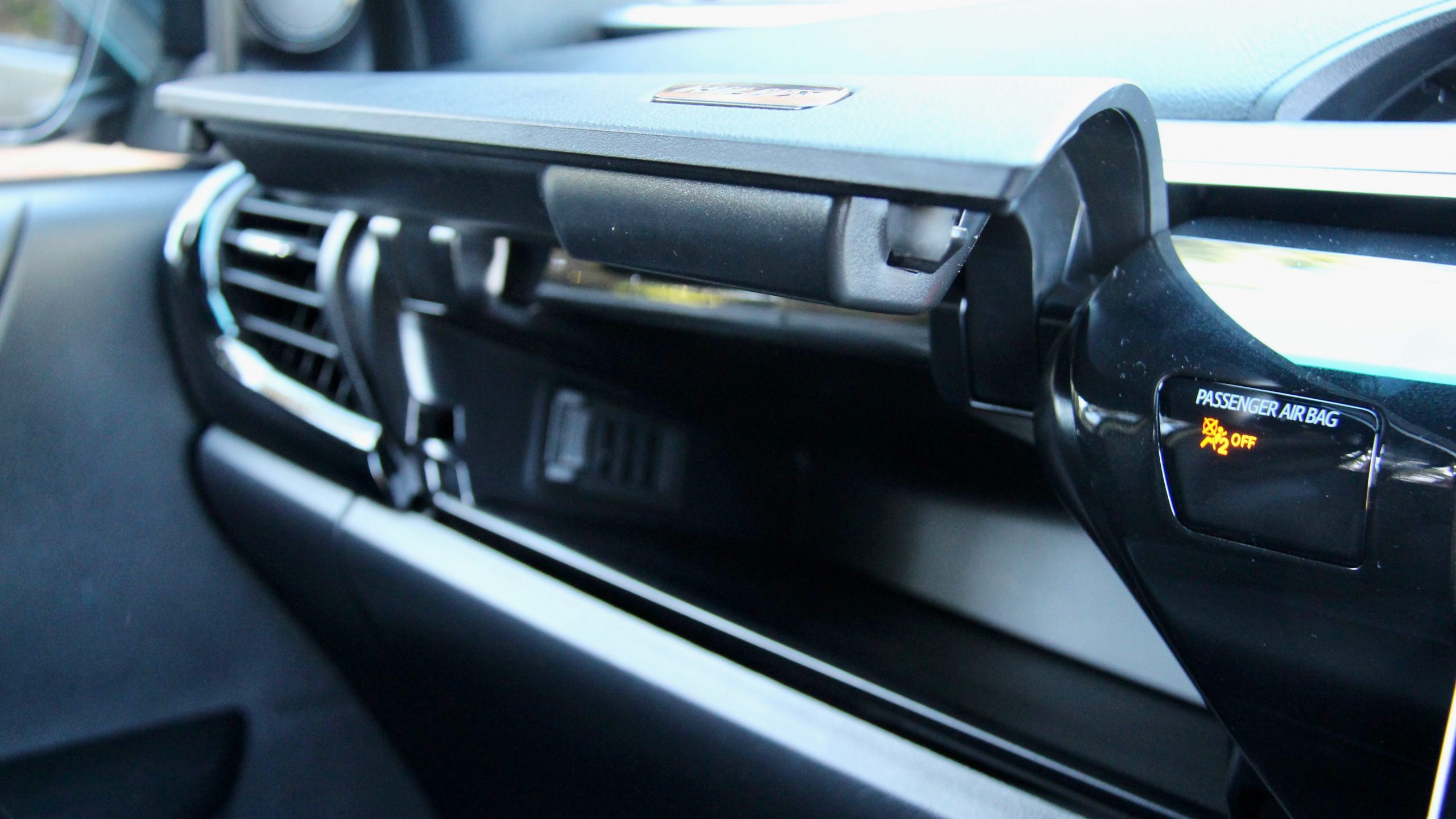
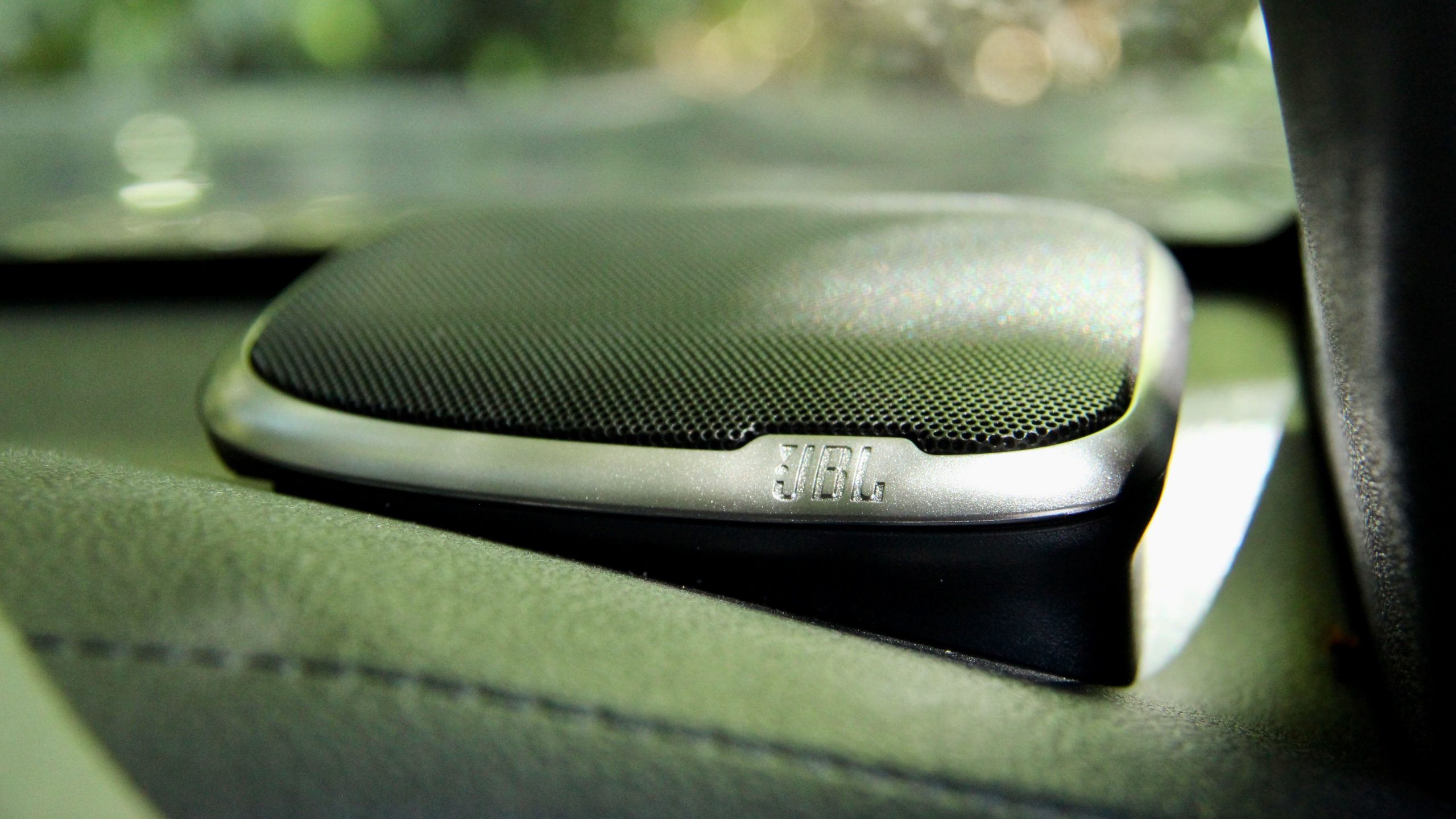
The seats in the front row are comfortable enough, but definitely lacking in bolstering and support – more ways of adjustment would make finding a comfortable position easier. Ahead of the driver is an old school setup, with an analogue speedometer and tachometer flanked by a small 4.2 inch driver’s LCD display. It gets the job done, but is small and you can’t show much information simultaneously.
The 8.0-inch touchscreen and infotainment system is fairly well featured and logical enough to use – the shortcut keys either side of the screen to make navigating between functions on the move quite easy. The system itself is a little dated however, with a fairly low resolution screen and it isn’t as responsive as we would like. This screen and infotainment system is used in quite a few Toyota products and while the Apple CarPlay and Android Auto work well, the quality of the panoramic view monitor and reversing cameras leave a lot to be desired – they lack resolution and are quite grainy. The nine-speaker JBL sound system offers reasonable clarity, but could definitely do with a little more oomph. The single USB charging point, which doubles as input for the infotainment system, is unacceptable. It’s 2023, Toyota…
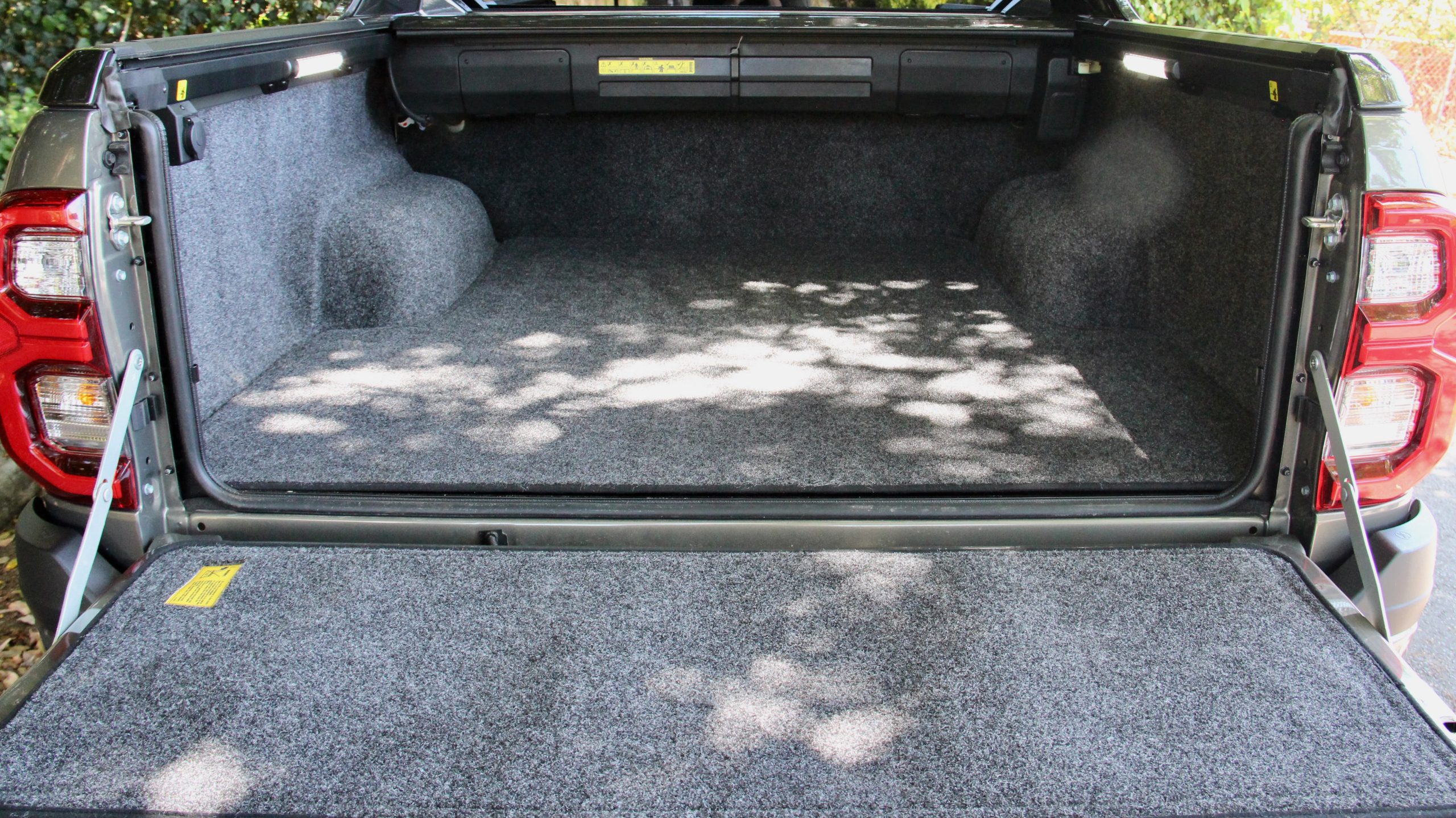
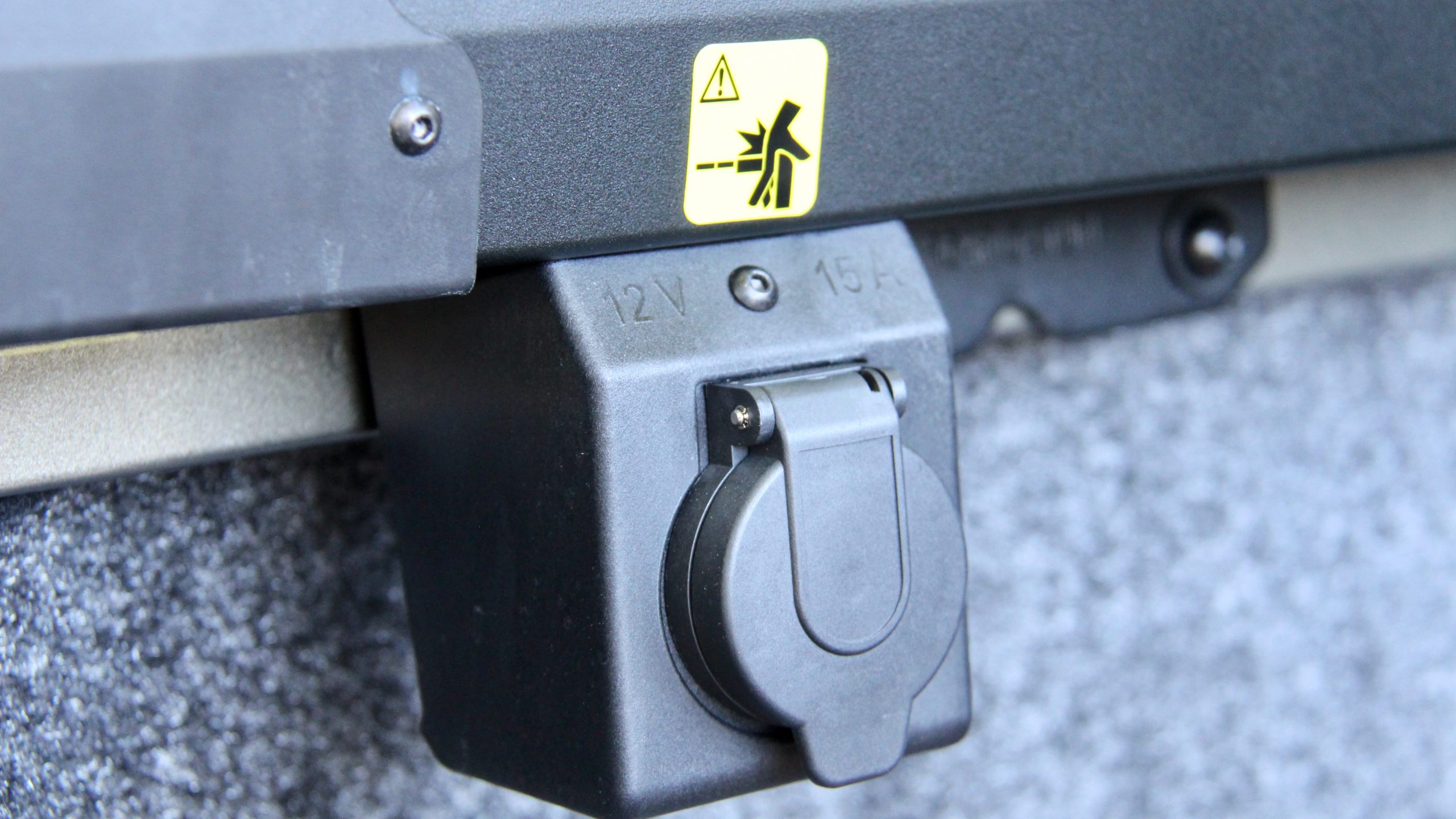
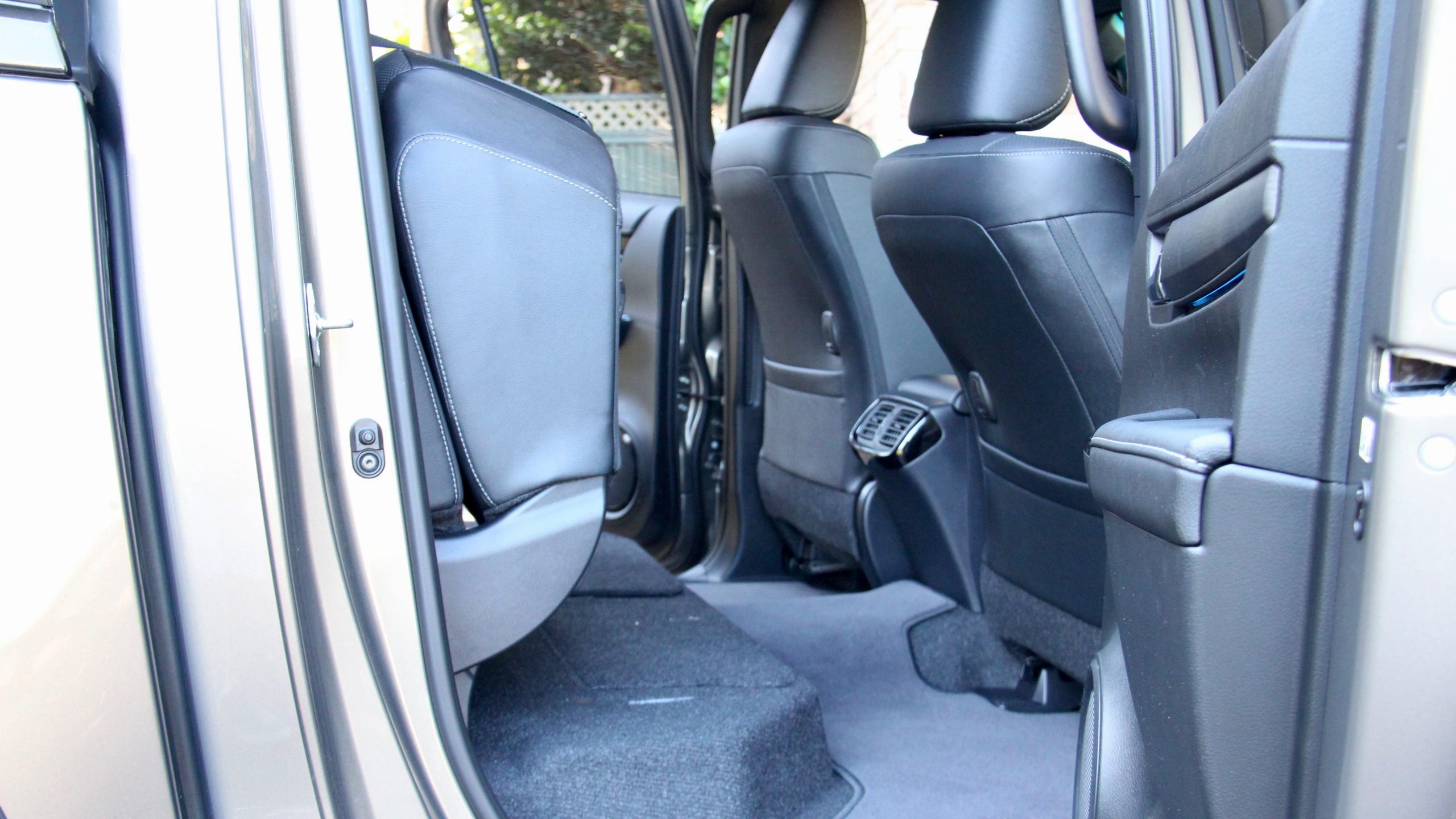
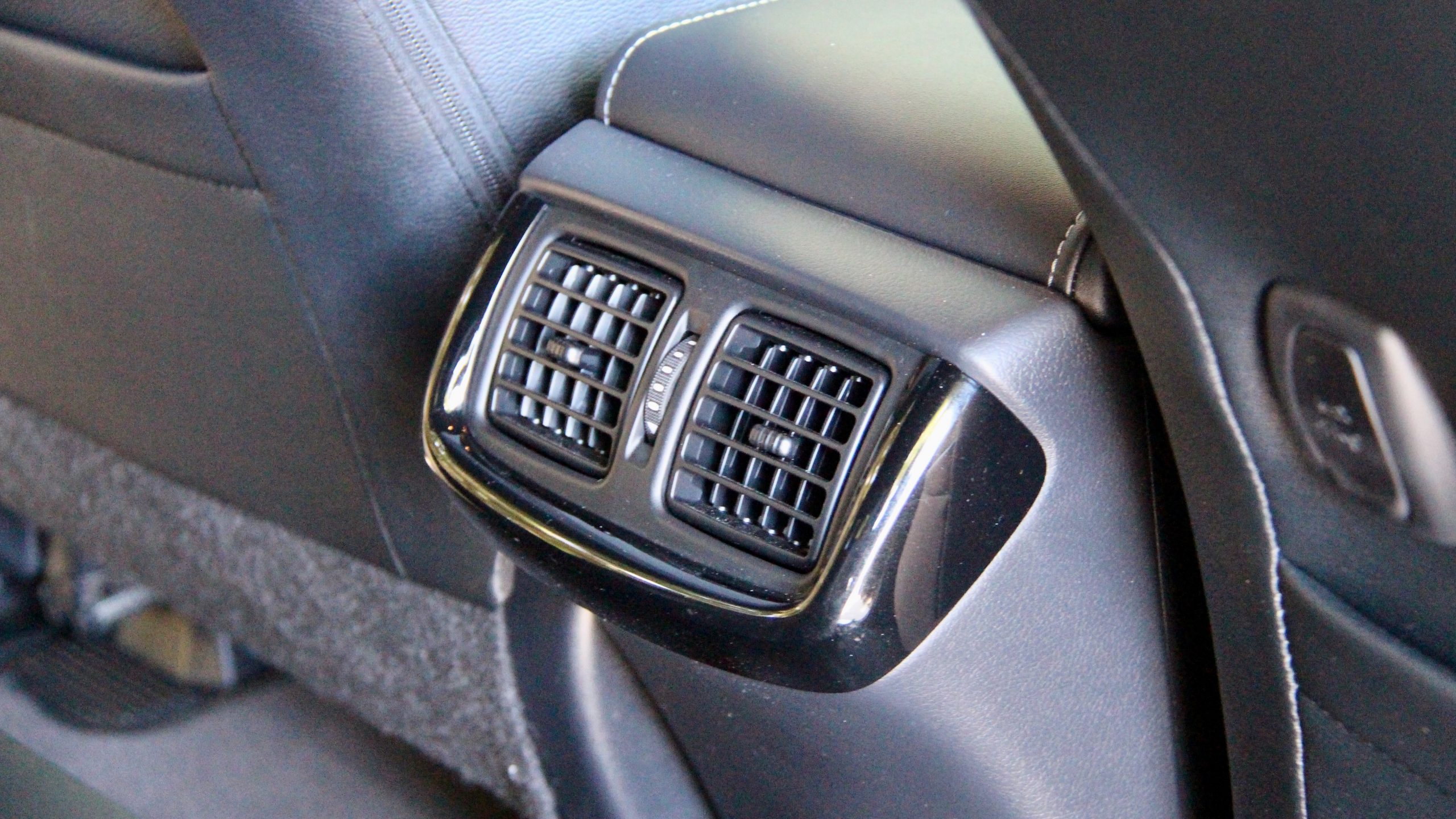
The rear seats of the 2023 Toyota HiLux Rogue are what you would expect for a dual-cab ute. They aren’t the most comfortable but they are acceptable and are more than adequate for two adults. We do think that the upright backrests could become uncomfortable on longer journeys but three children will definitely fit well. There are small ambient lighting strips in the doors, air vents, a centre arm rest, bottle holders in the doors and map pockets. There is also clever storage under the rear seats, which fold up.
The tray of the 2023 Toyota HiLux Rogue is feature packed with a power rolling tonneau cover, a marine grade carpet tray liner, tie down points, a 12 volt socket and lights. The tray measures in at 1,560mm in length and 1,520mm wide (1,000mm between the arches) making it slightly larger than the Isuzu D-Max.
Service & Warranty: 6/10
Like all other Toyota products, the HiLux Rogue comes with a five-year/unlimited kilometre warranty that is identical in length to that offered by Mazda and Ford on the BT-50 and Ranger – but Isuzu trumps this in time (not distance) with a six-year/150,000km warranty. Unfortunately, the HiLux does not come with any form of roadside assistance from the time of sale, whereas the Ranger comes with up to seven years of roadside assist, as does the Isuzu.
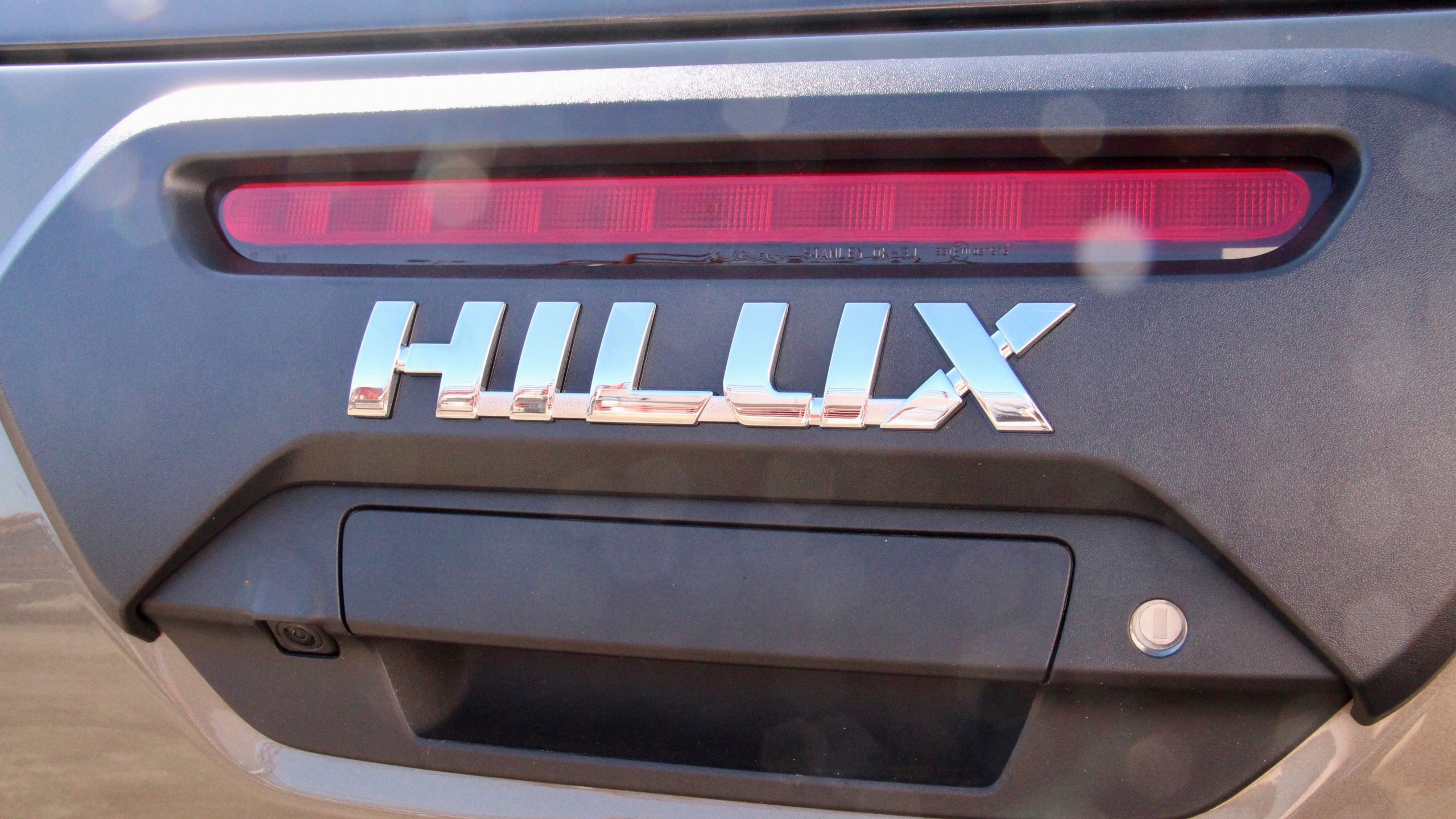
The 2023 Toyota HiLux Rogue requires being serviced every six months or 10,000km which is far behind the competition, which offer 12-month/15,000km intervals. Servicing the HiLux over five years/100,000km costs $3,585.75 or $717 a year. In comparison, the Ford Ranger Wildtrak Bi-turbo costs just $1,696 over the span of five-years or 75,000km ($340 a year).
2023 Toyota HiLux Rogue 4×4 DiscoverAuto Rating: 6.8/10
The 2023 Toyota HiLux is an Australian favourite, which it has proven time and time again with its massive sale numbers. We do like the HiLux here at DiscoverAuto, especially since updates over the last few years have included more equipment, safety features and boosted power. The Rogue is an off-road focused ute with its widened track and locking differentials but is it the HiLux we would buy? Ultimately, no. We see more value in the HiLux SR5, which maintains most of the features of the Rogue (without the off-road bits) for much less coin
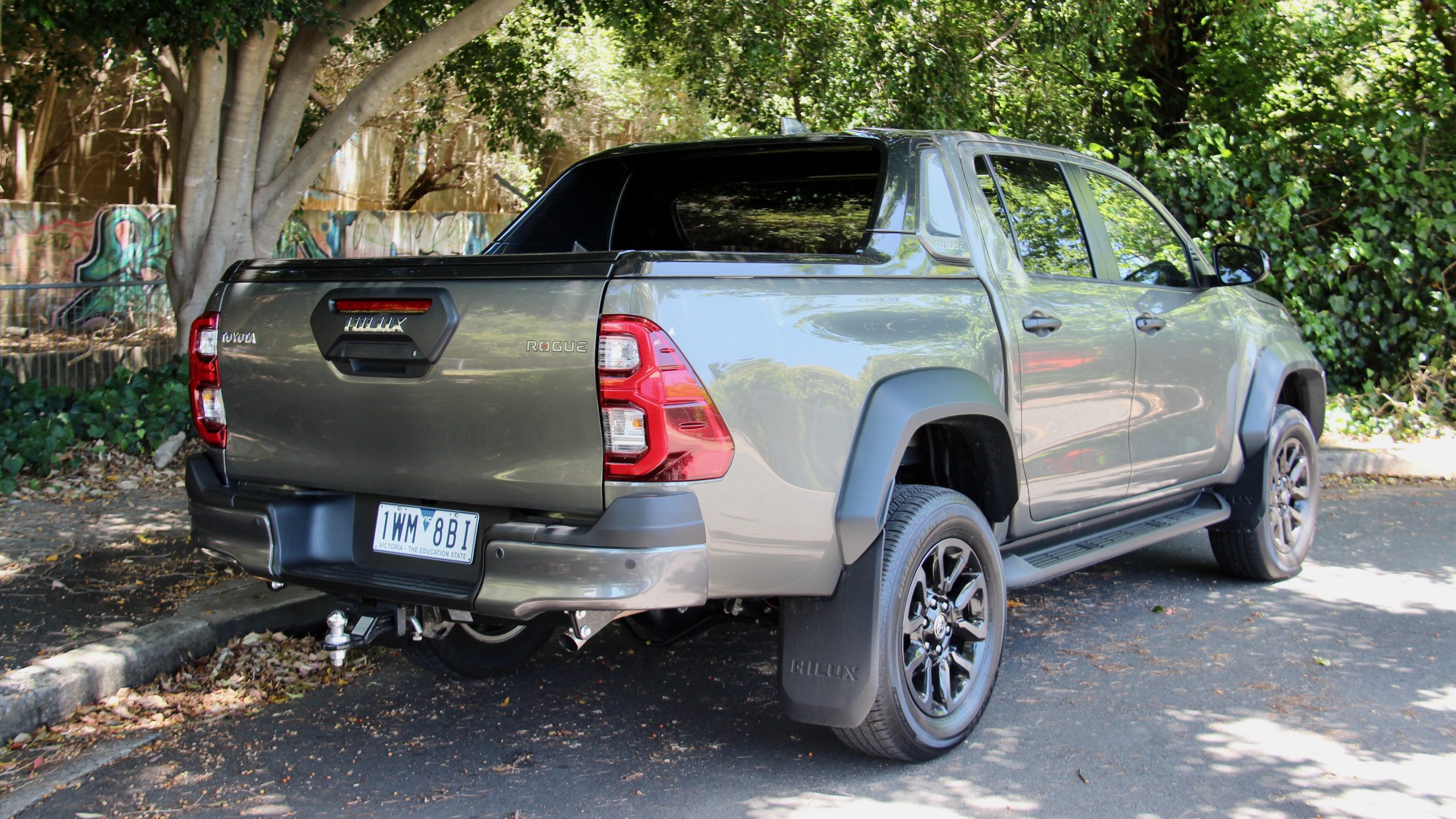
If presented with all the dual-cab utes on the market would we drive away in a HiLux? Unfortunately we’d look elsewhere as the HiLux is really starting to show its age. There are key features missing and the infotainment system is just not up to scratch. We’d pick the Ford Ranger, Isuzu D-Max or a Mazda BT-50 before we’d consider the HiLux. While Toyota has enjoyed a hugely successful run with the HiLux, it certainly has an uphill battle to continue as Australia’s favourite ute.
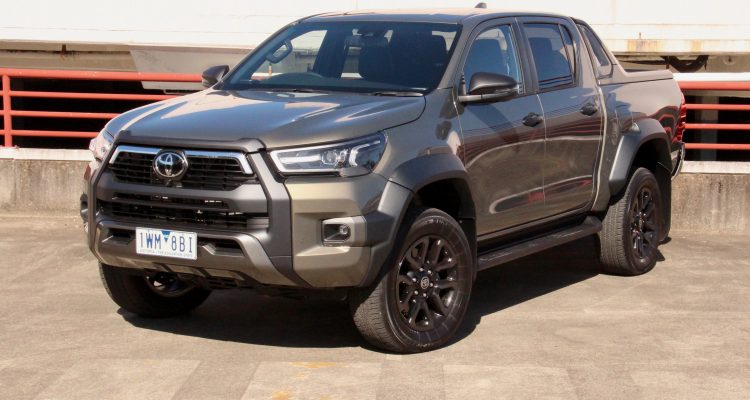
The Hilux is a very capable pickup truck which doesn’t sell well in India because it’s Overpriced and also pick-up trucks are not in demand due to narrower roads in India. If infrastructure develops in India then surely Hilux may sell well in India